Nombre:
Castillo Reichenstein
Otro: Falkenburg
Localización:
Tipo: Militares
Categoría: Castillos del Rin
Foto:
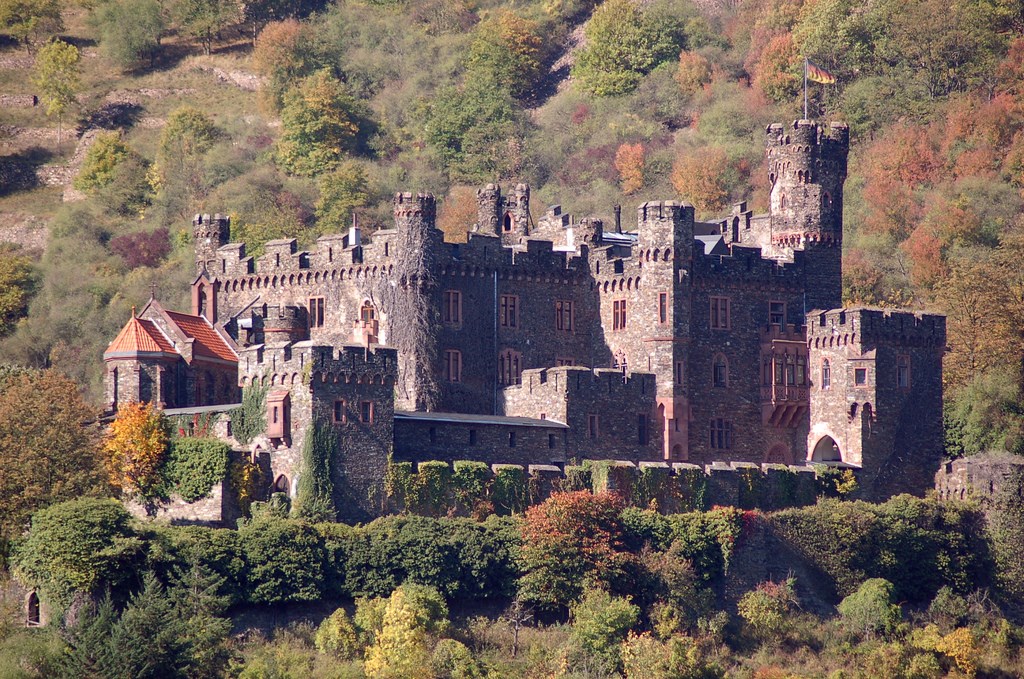
Voto:
Continente: Europa
País: Alemania
Localización: Trechtingshausen, Distrito Mainz-Bingen, Renania-Palatinado
Año: 1100
Estado: Terminado
Descripción:Castillo de Reichenstein, también llamado Falkenburg, se encuentra por encima de Trechtingshausen. La gran construcción es uno de los ejemplos espectaculares de la reconstrucción del castillo en estilo neo-gótico. Castillo de Reichenstein, construido en el siglo 11, era propiedad de un barón ladrón. Fue destruido en 1253 y nuevamente en 1282. Decayó desde el siglo 16.
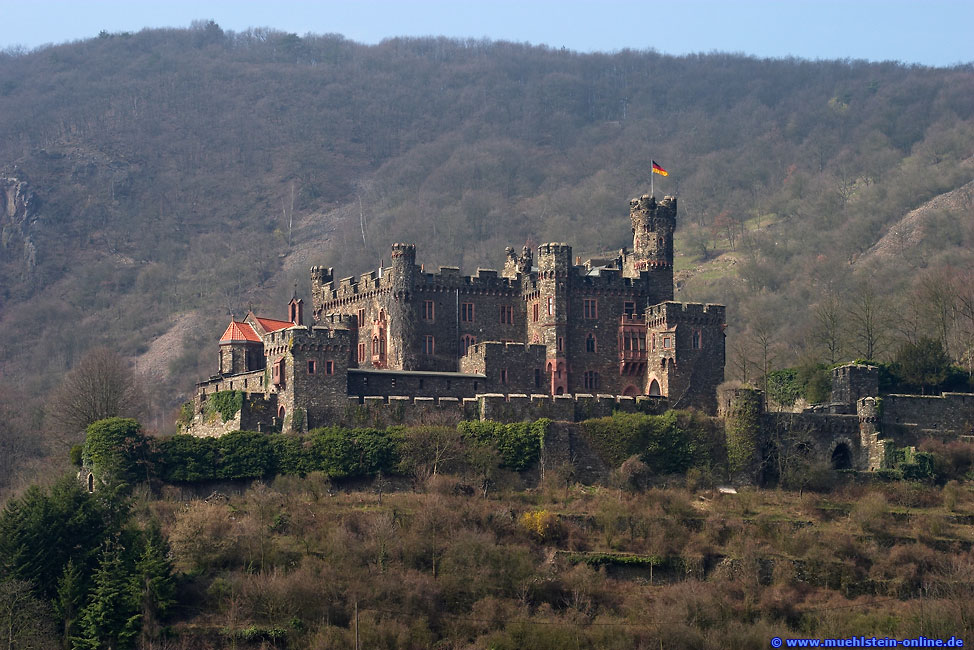
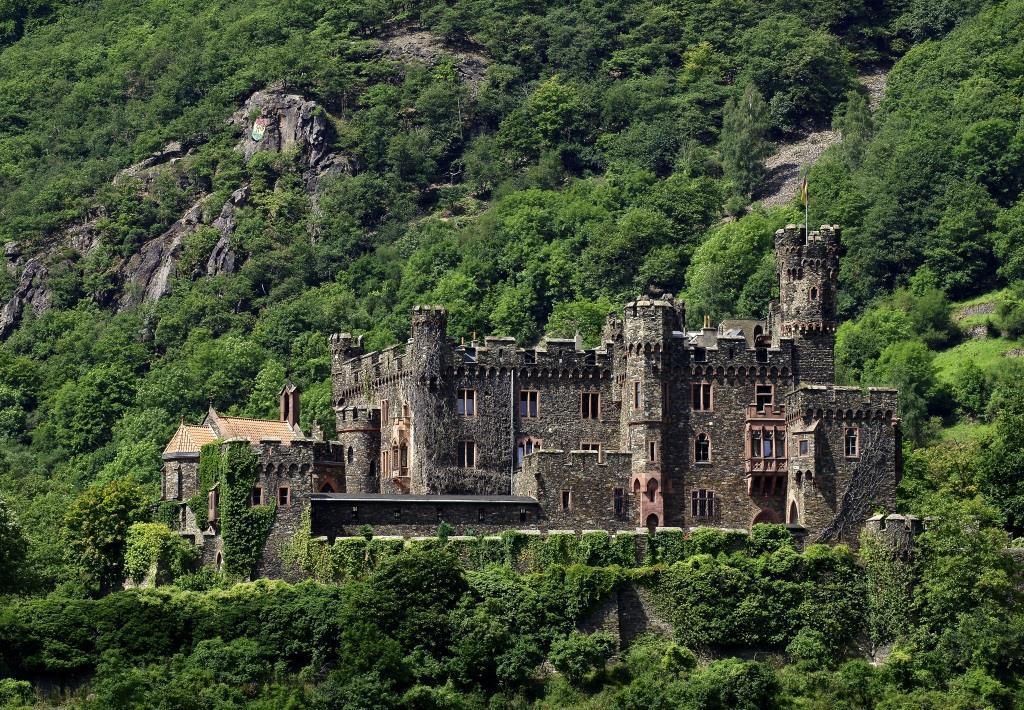
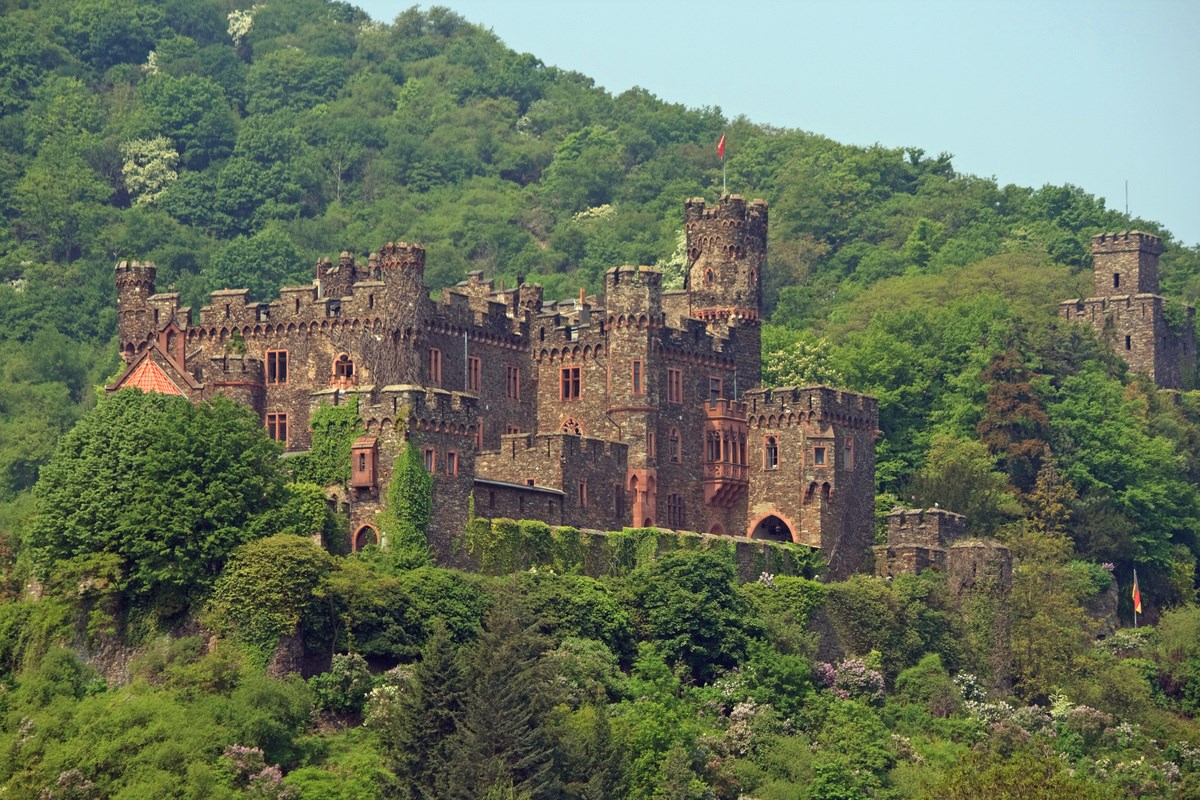
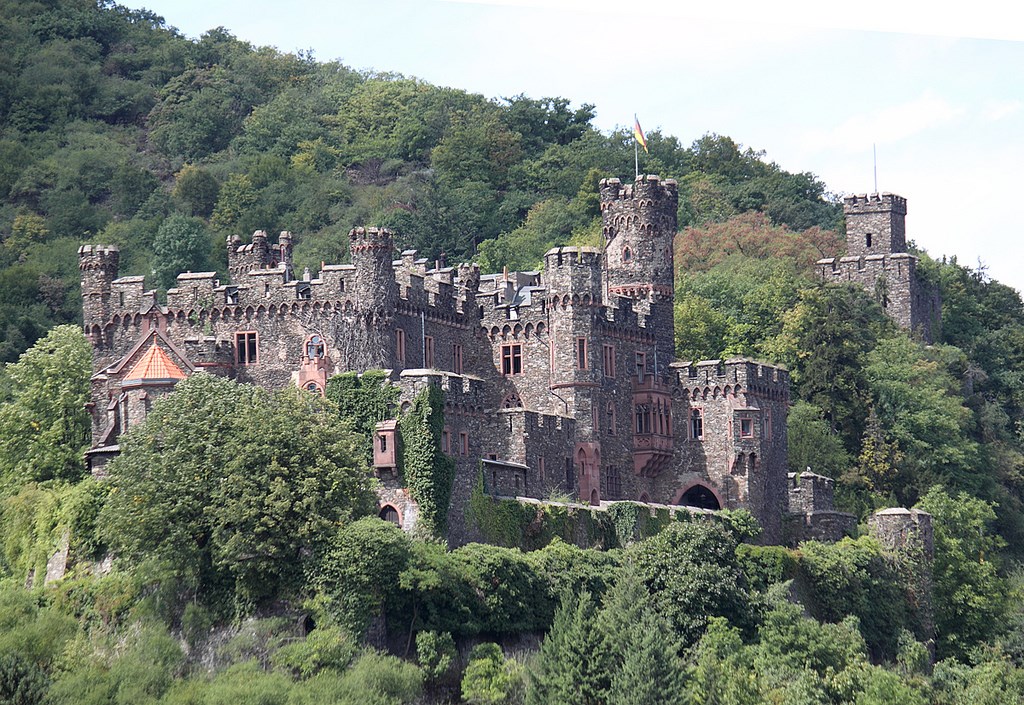
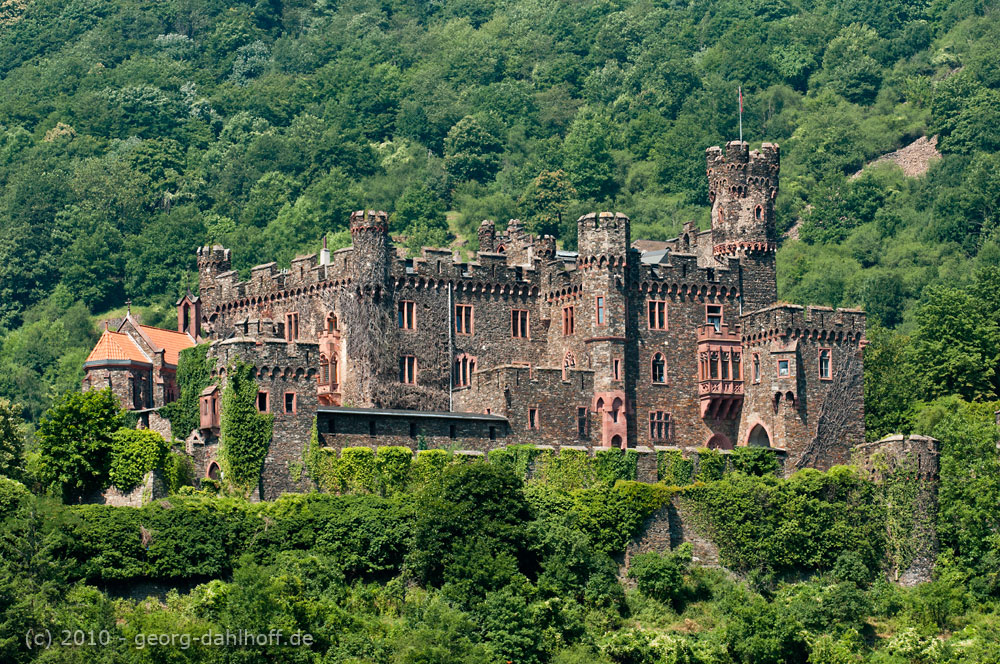
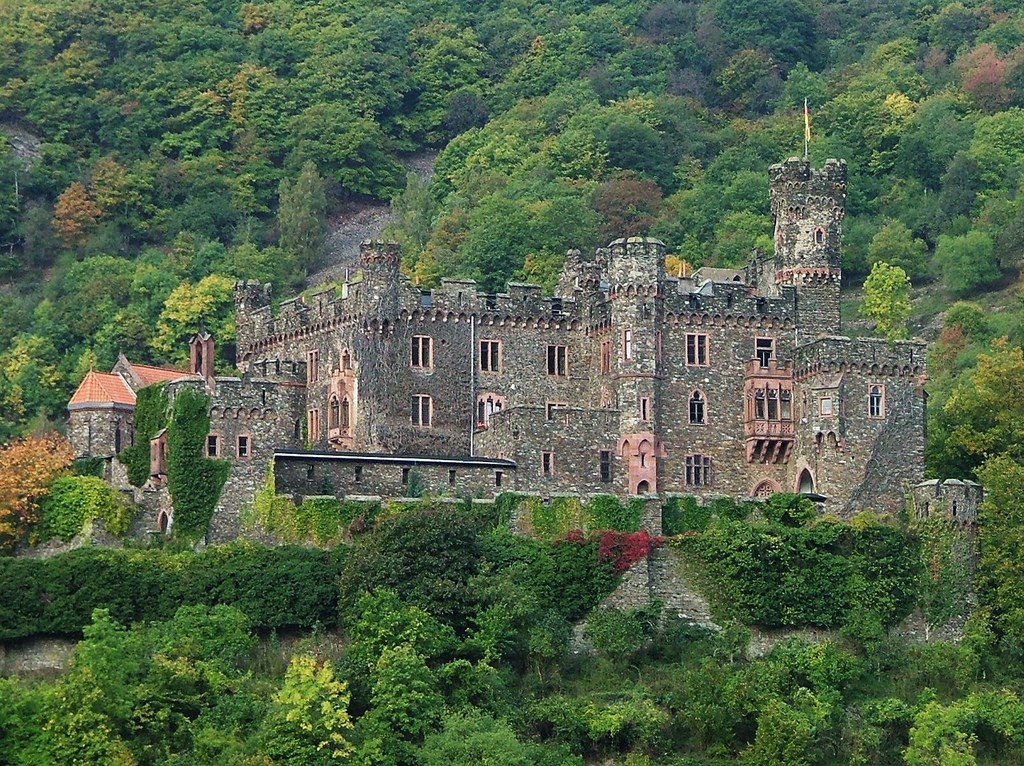
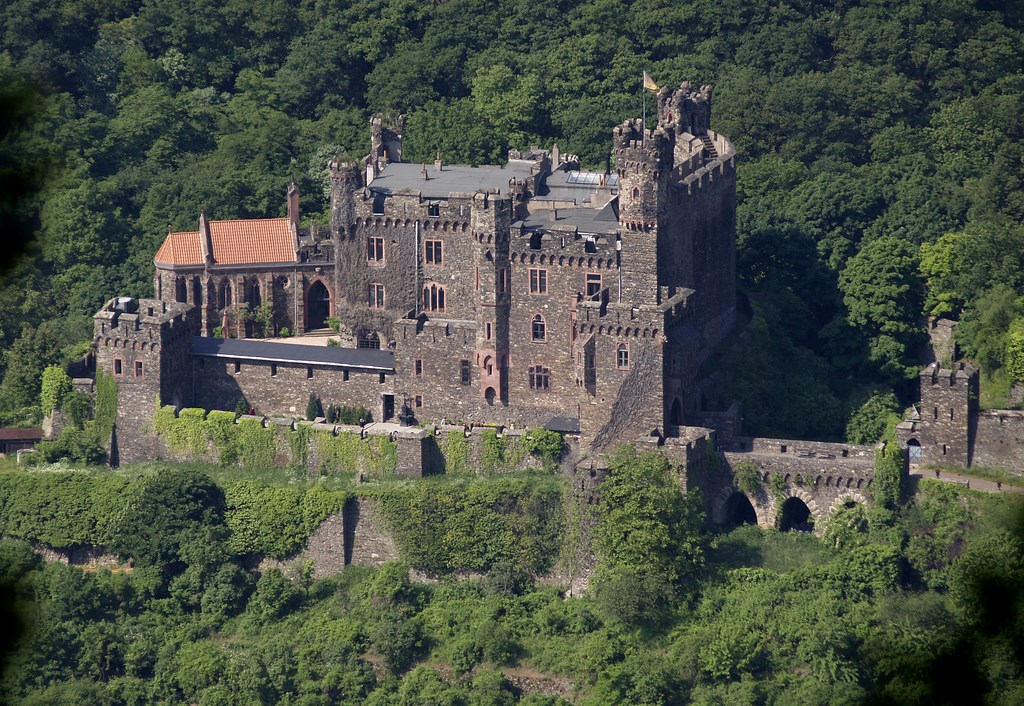
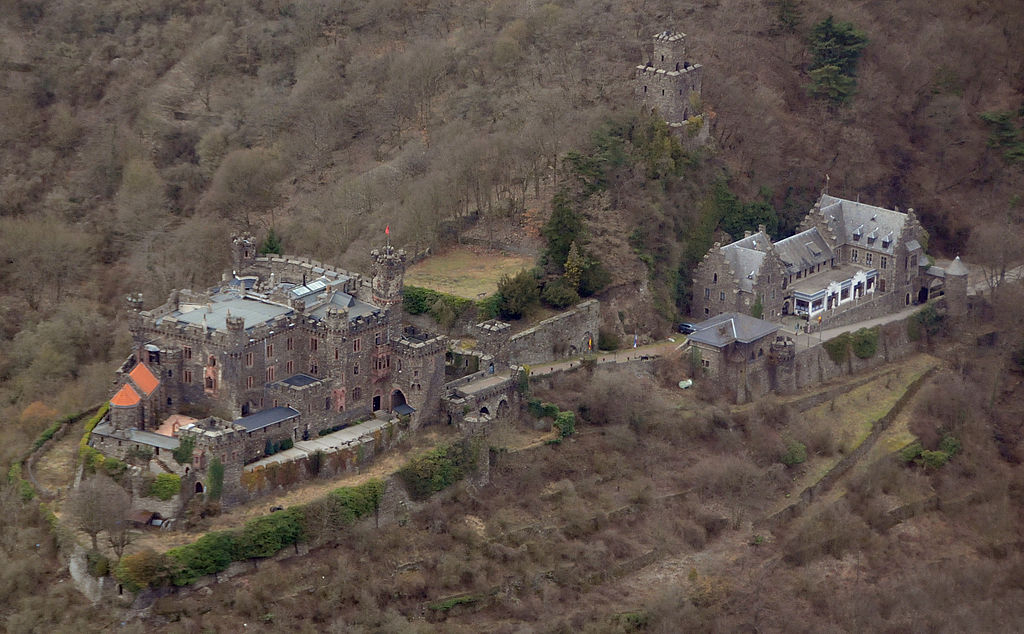
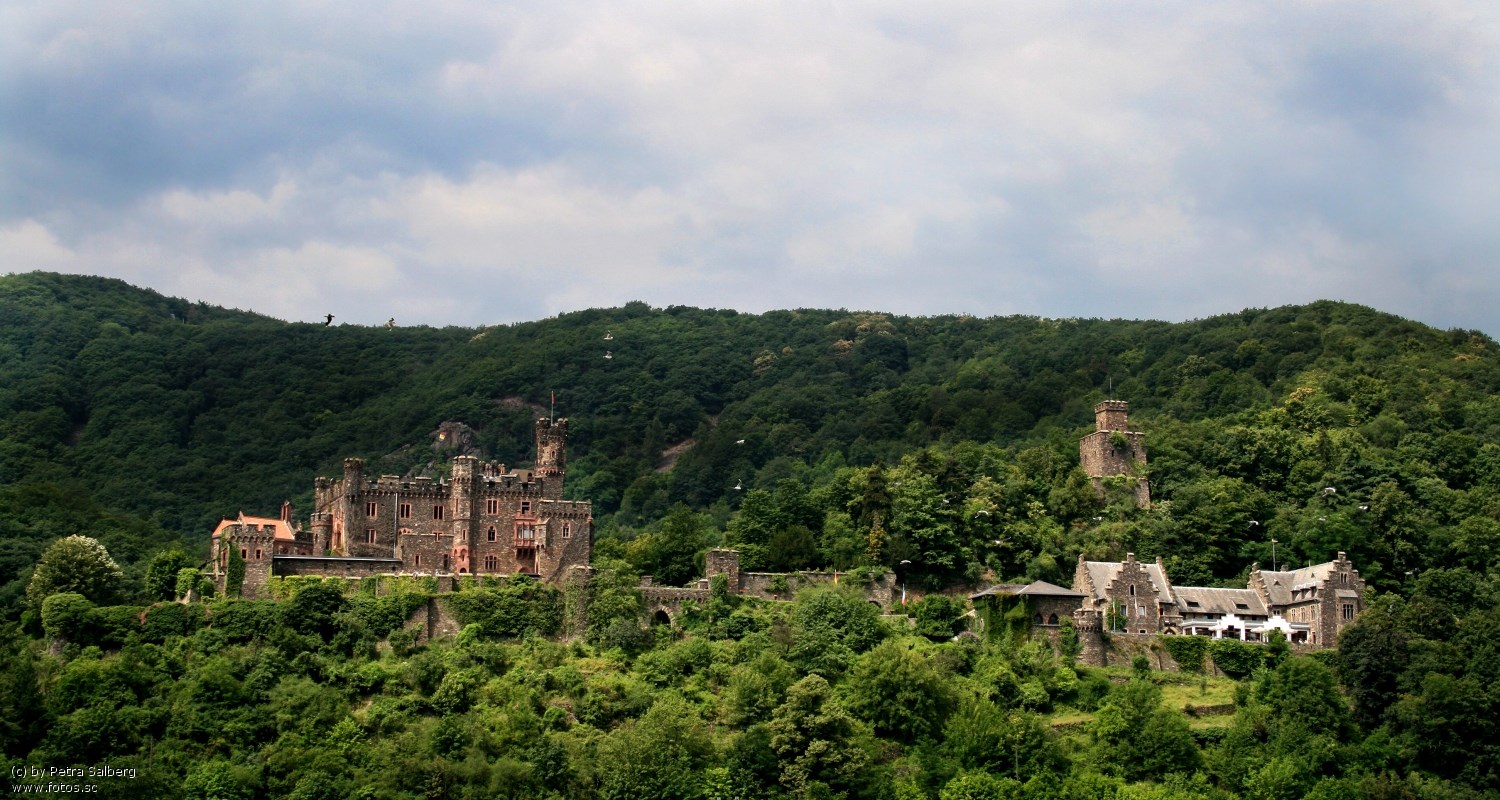
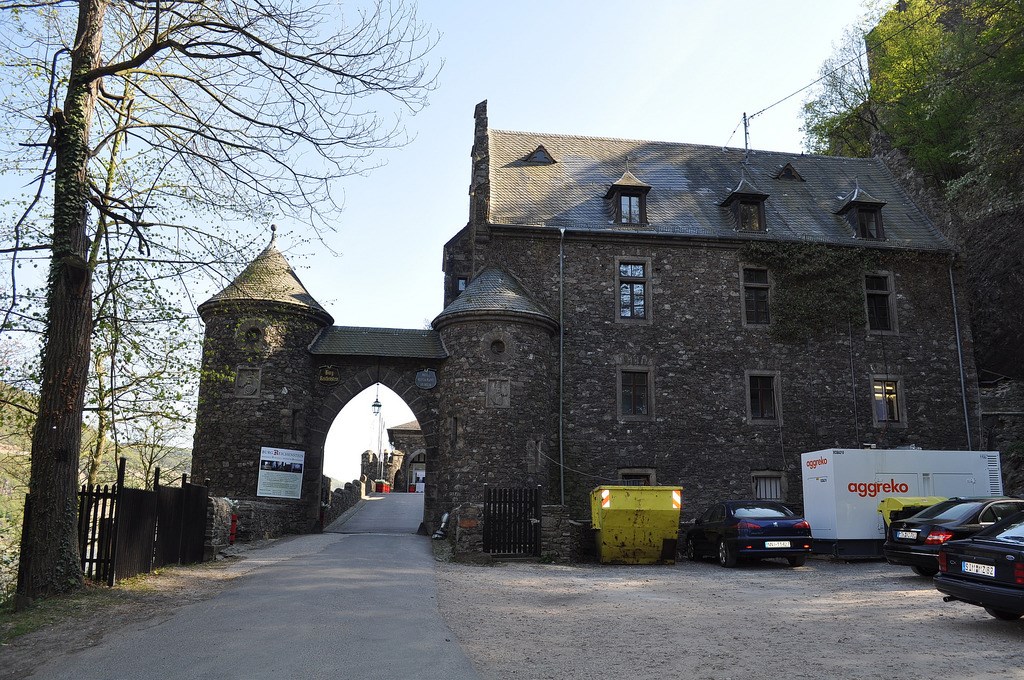
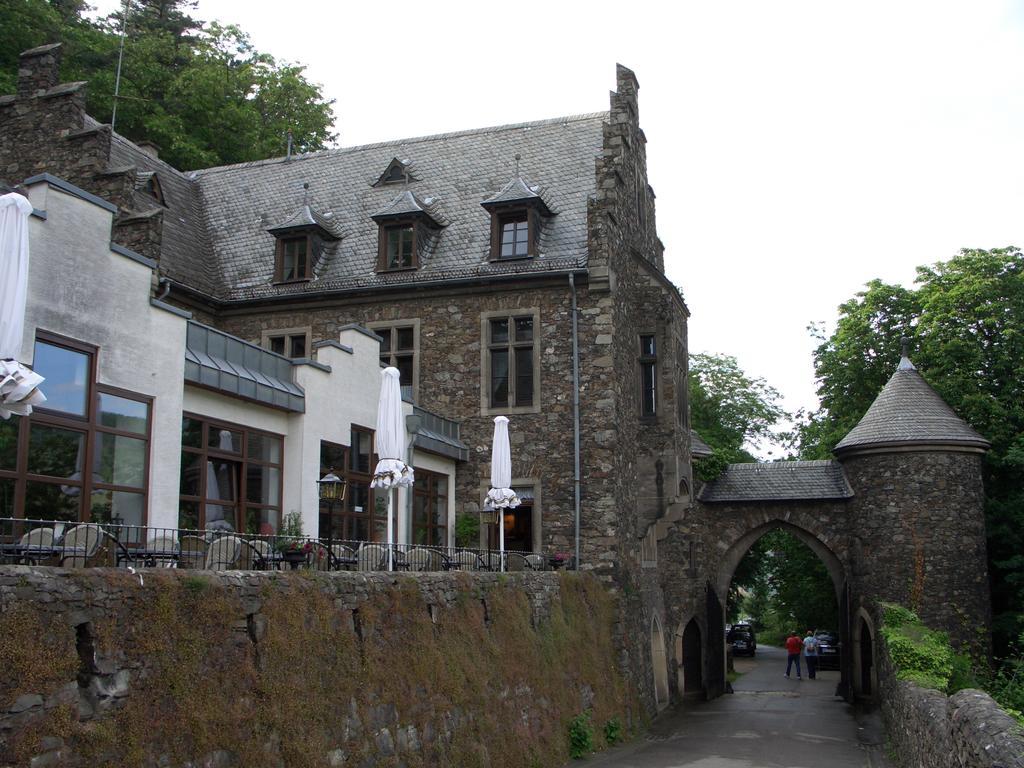
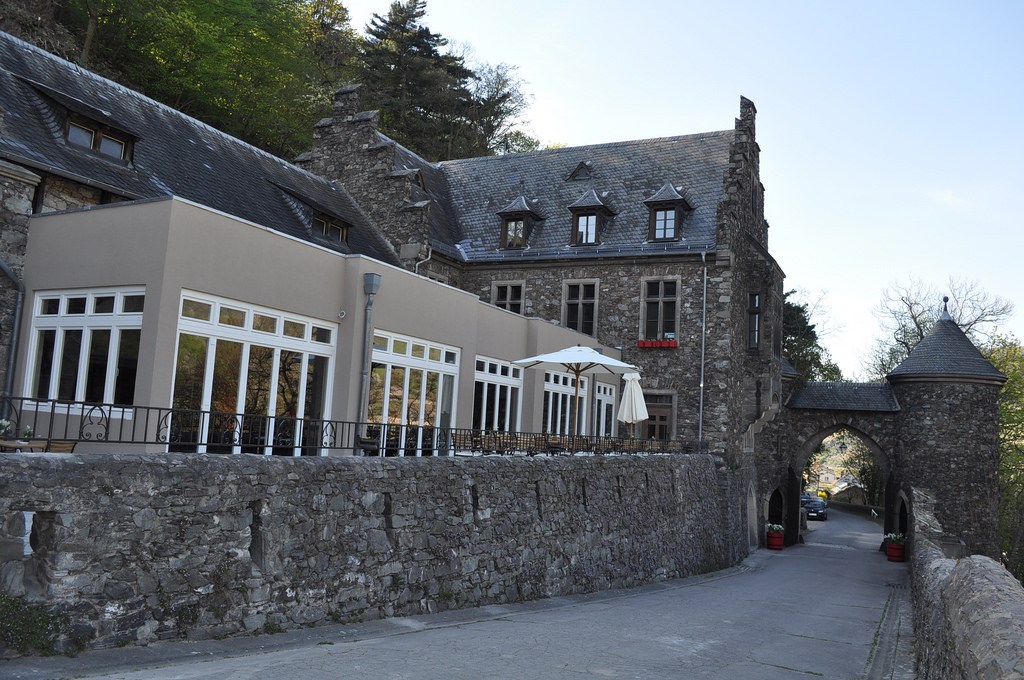

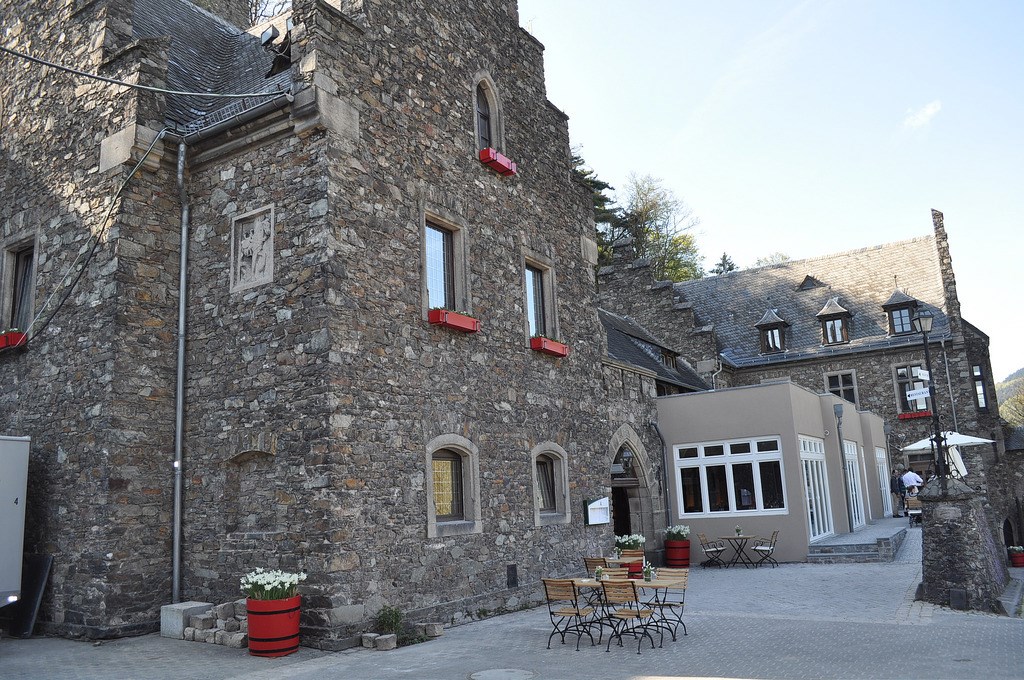
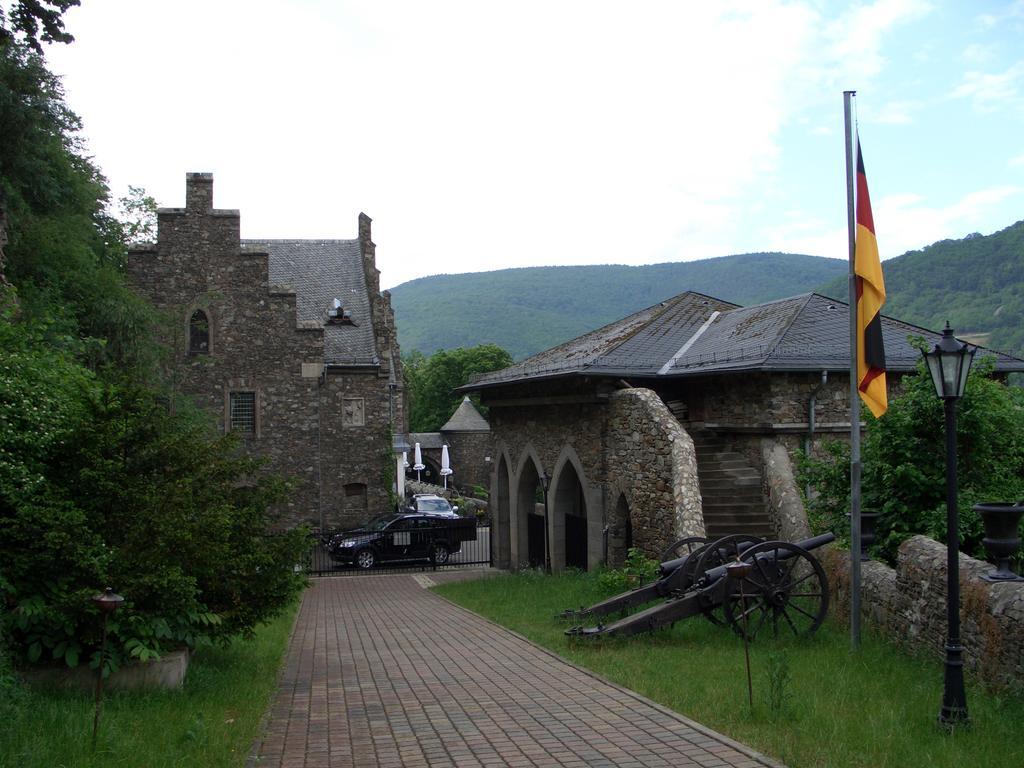
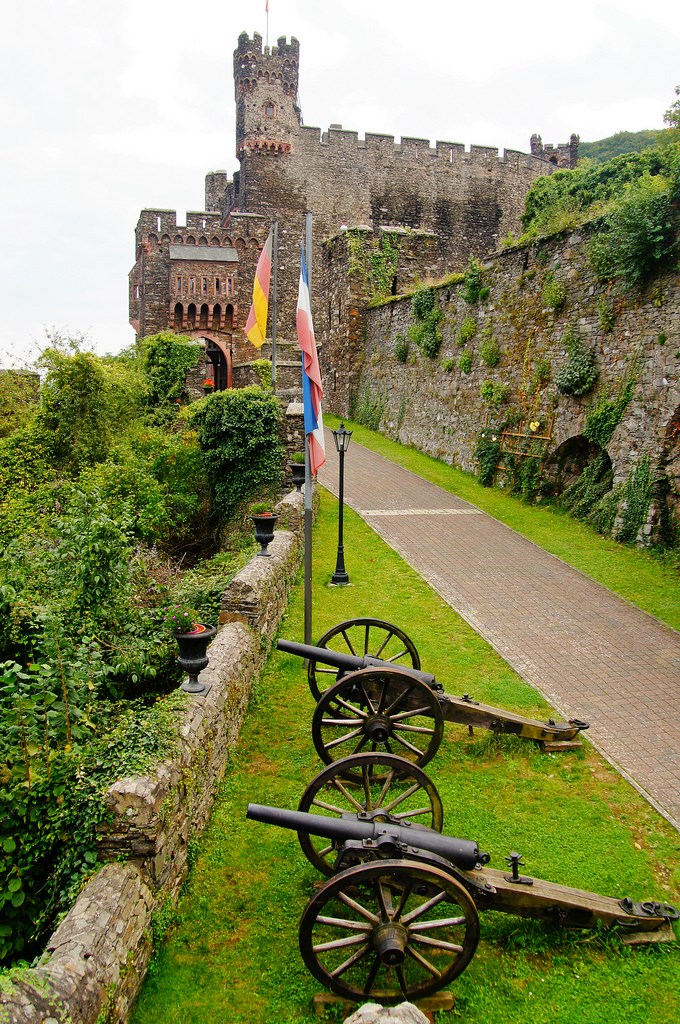
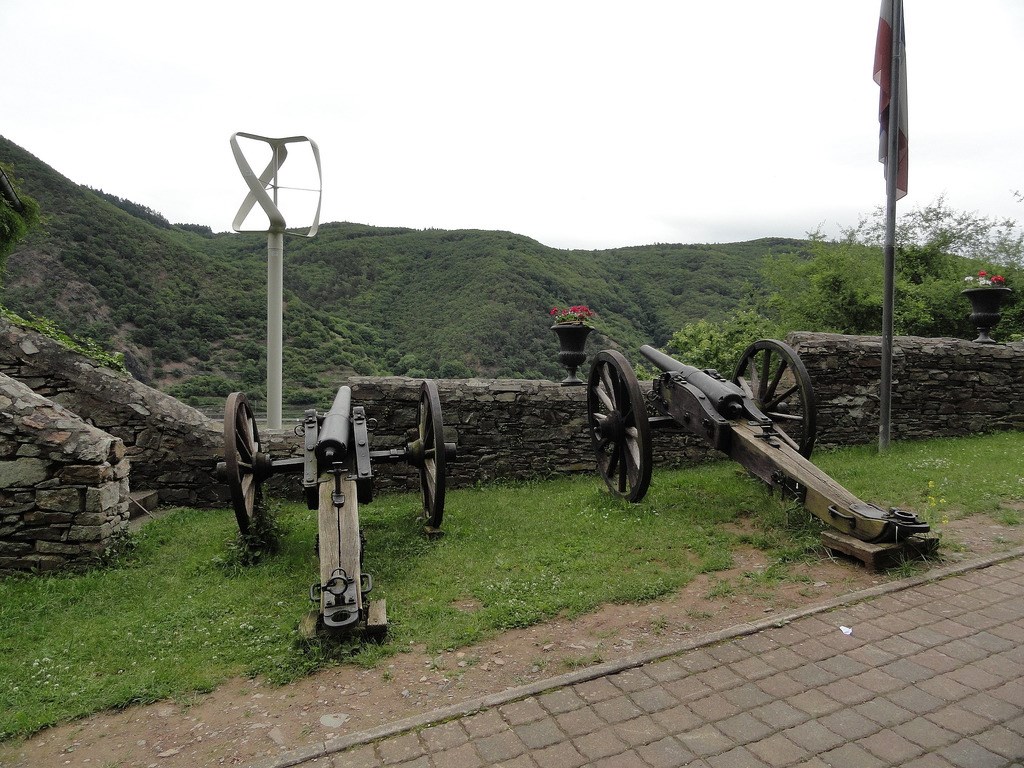
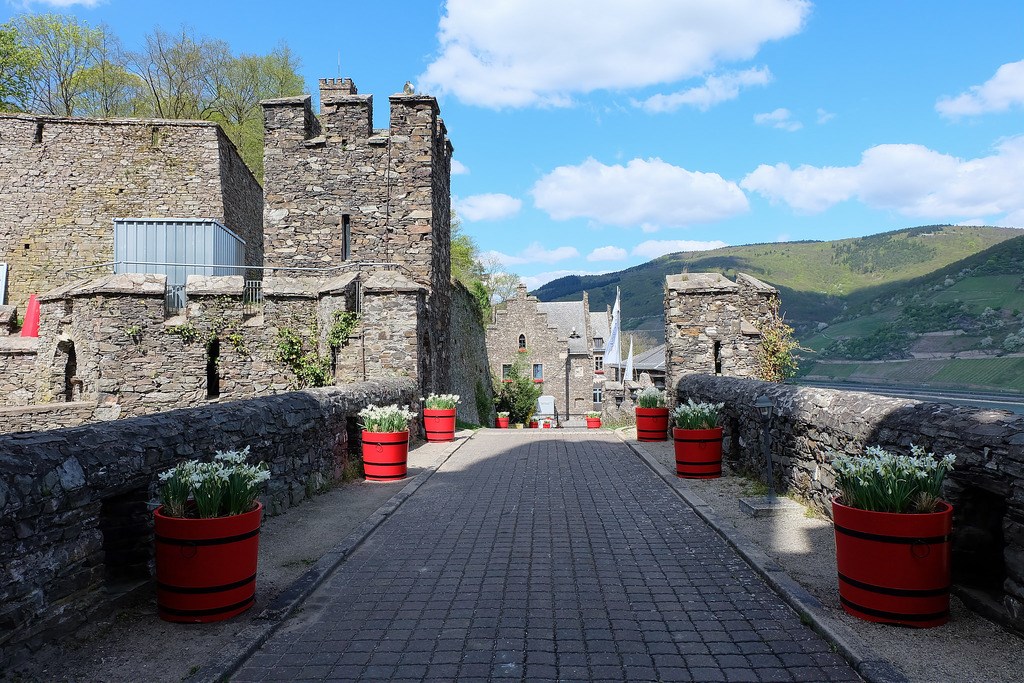
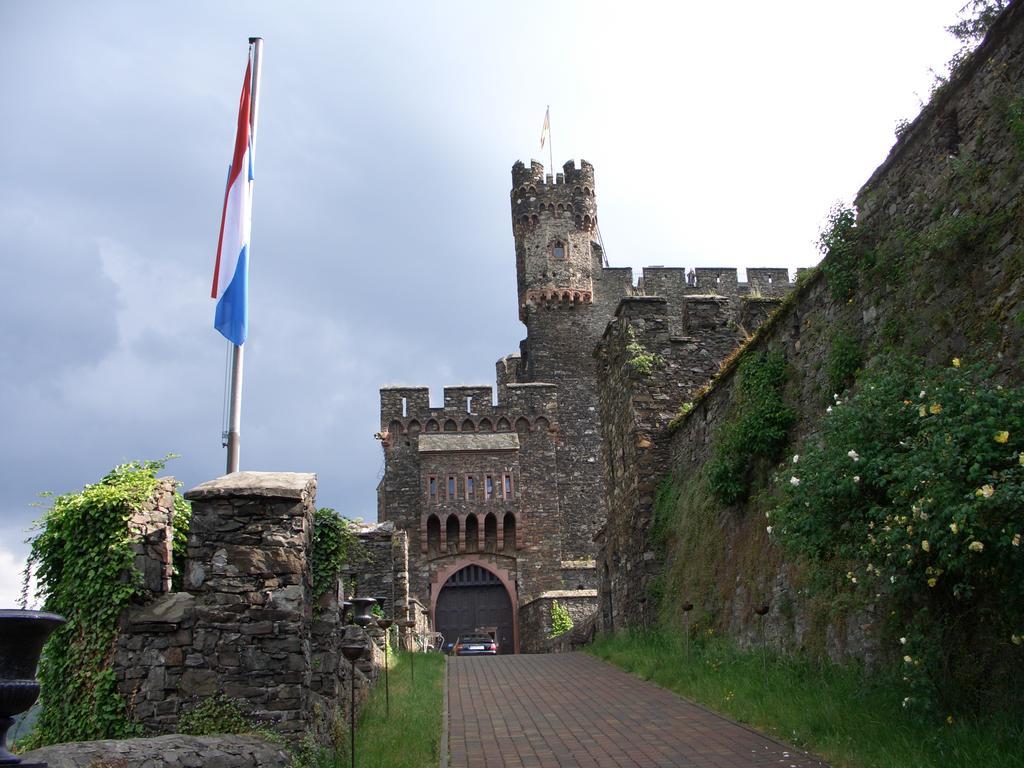
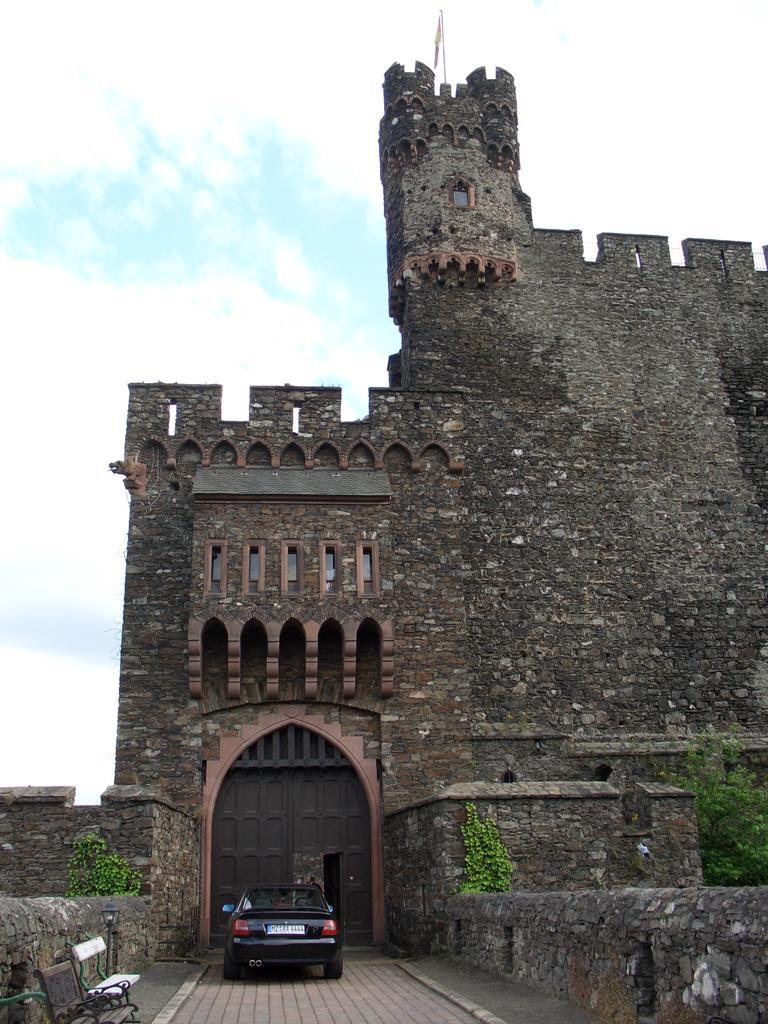
En 1834 Friedrich Wilhelm von Barfuß comenzó la reconstrucción. Baron Kirsch Purcelli compró el castillo en 1899 y continuó generosamente el trabajo de reconstrucción. El muro de protección es particularmente notable.
En el castillo se encuentran, además de la mayor colección de placas de hierro fundido en Renania-Palatinado 1200 trofeos de caza de todas partes del mundo, las armas, las armas, porcelana y muebles de cinco siglos de antigüedad.
Fuente: Mittelrheinforum
http://www.loreley-info.com/spa/rhein-rin/castillos/reichenstein.php

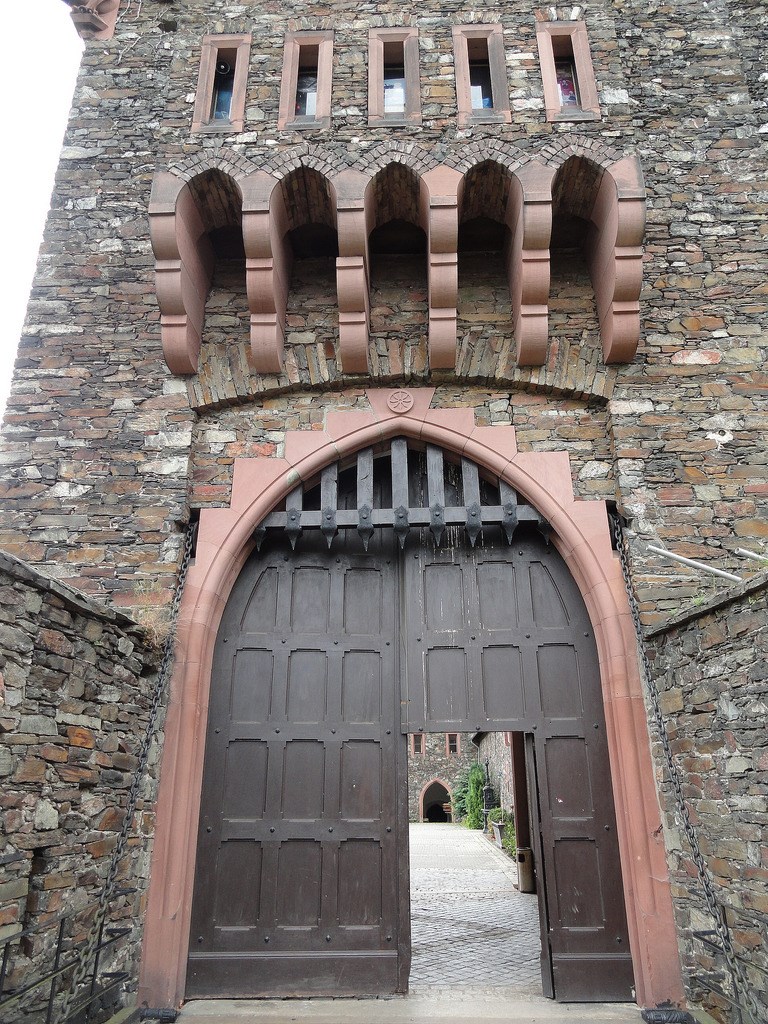
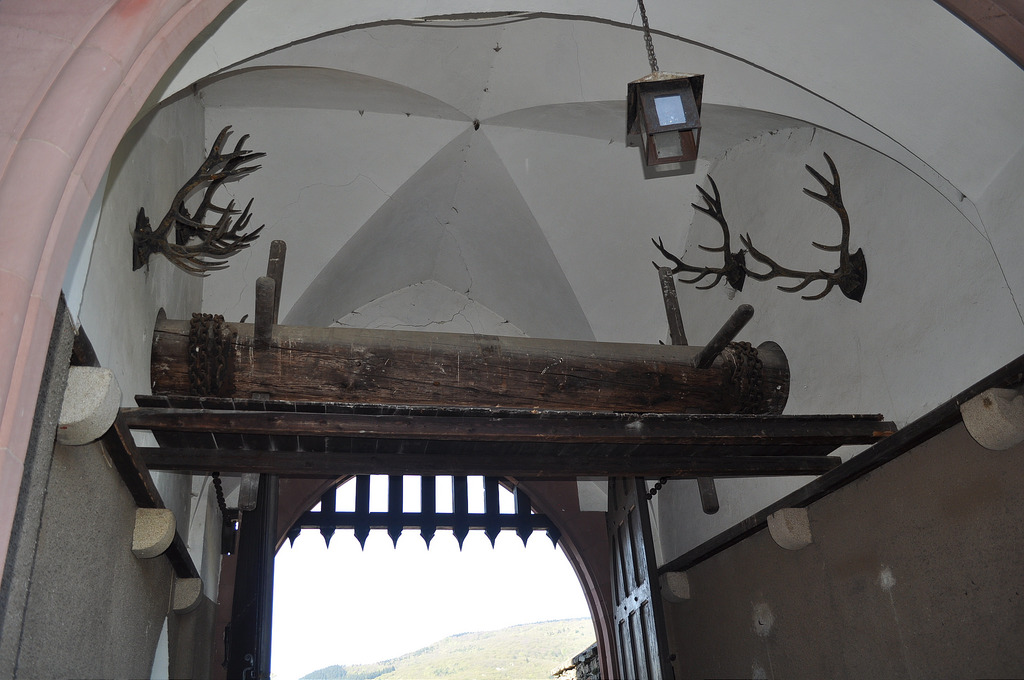
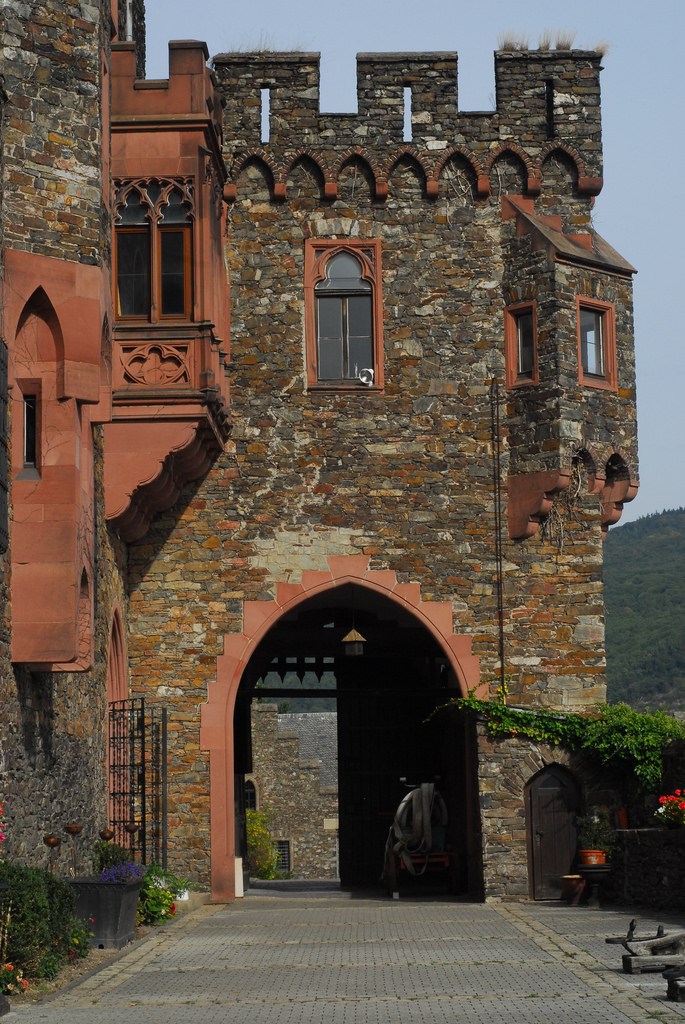
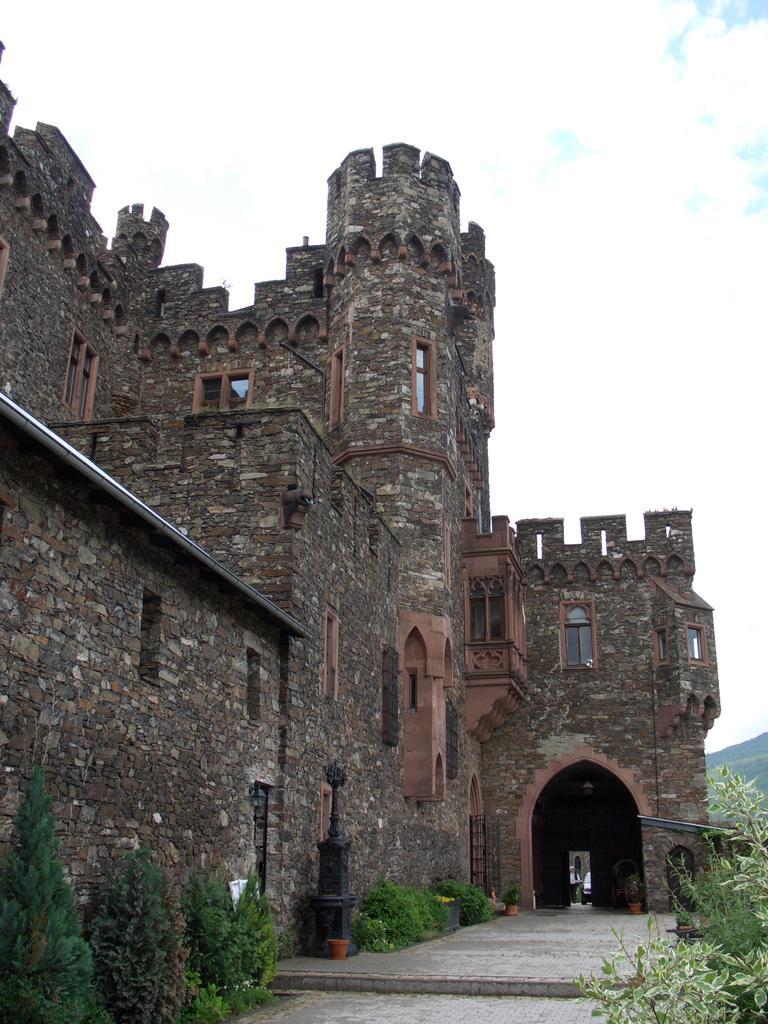
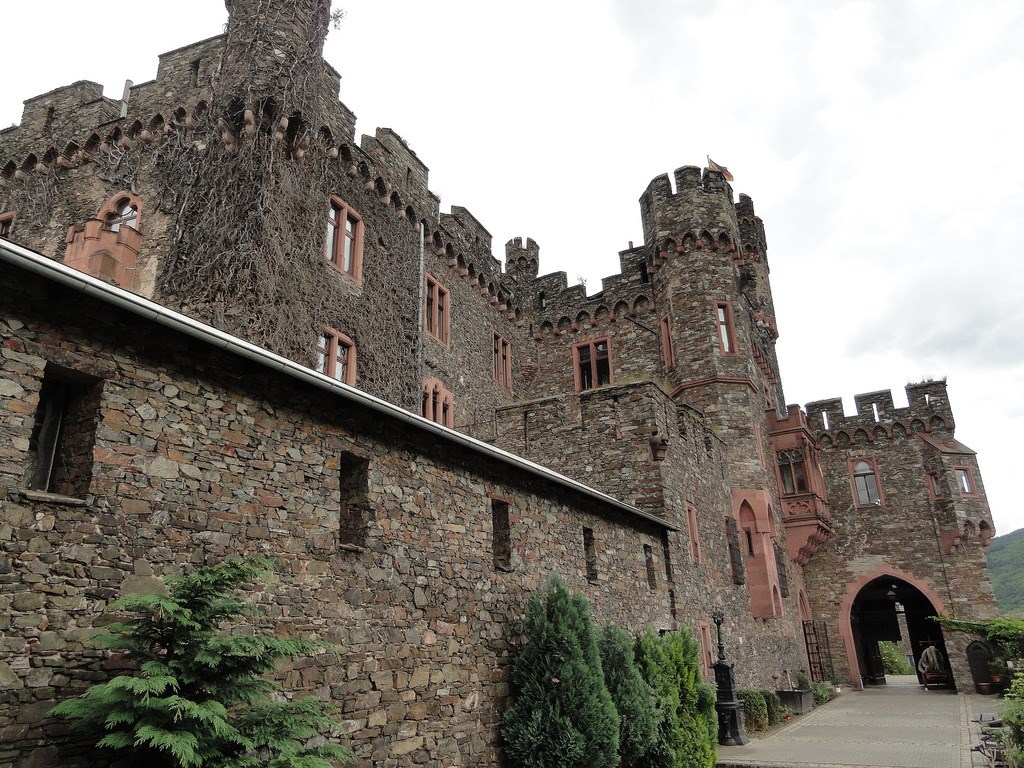
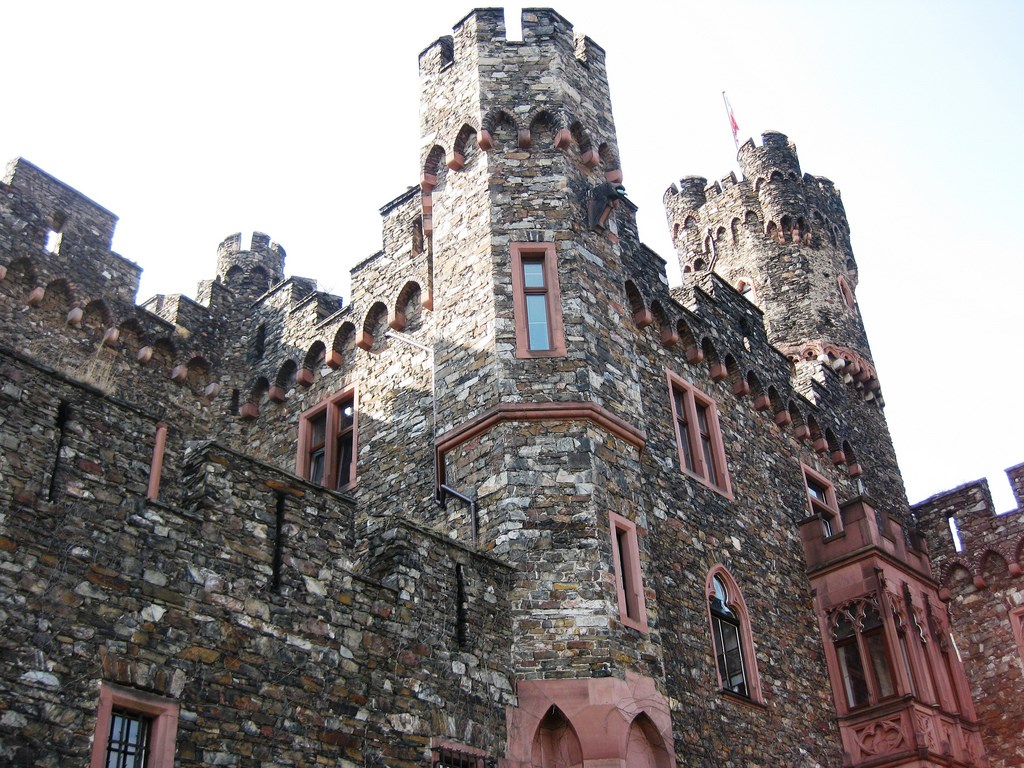
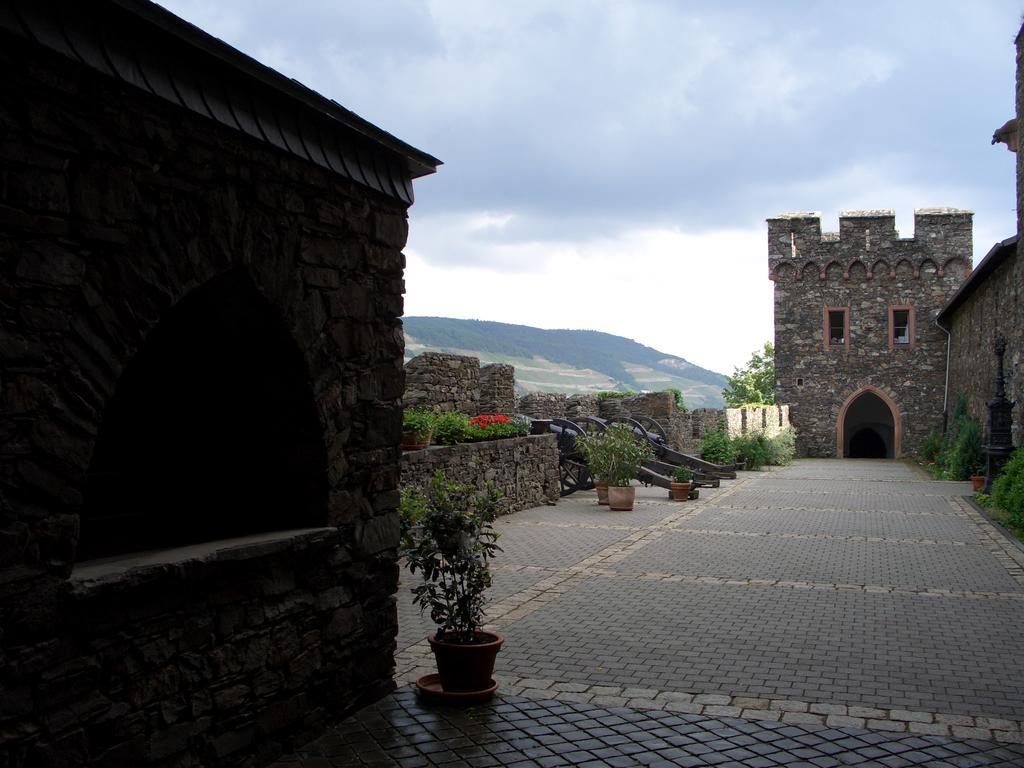
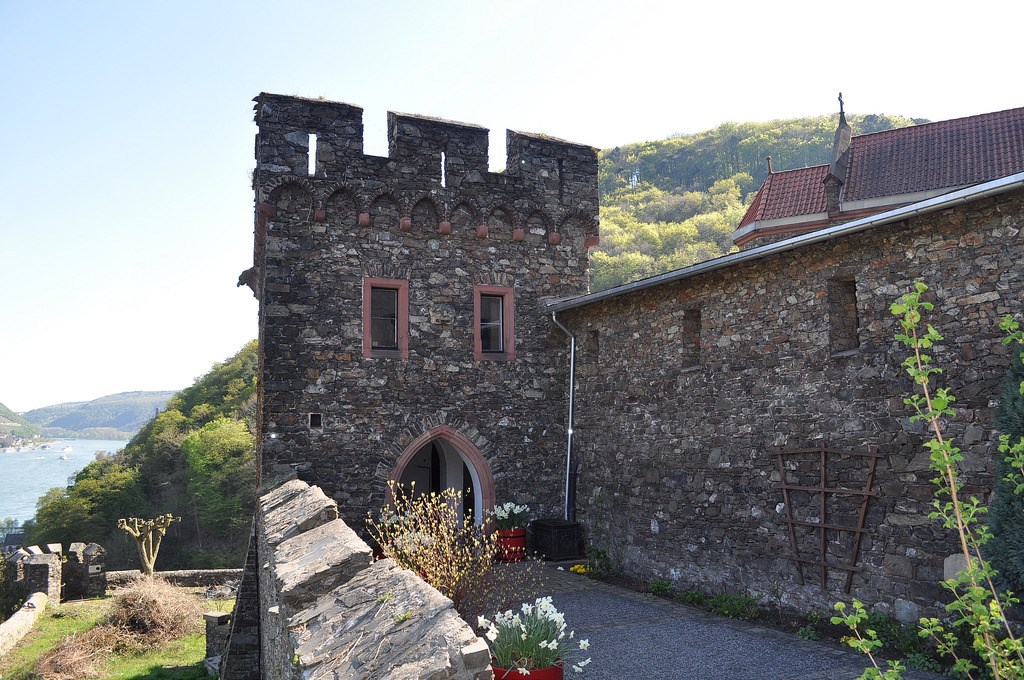
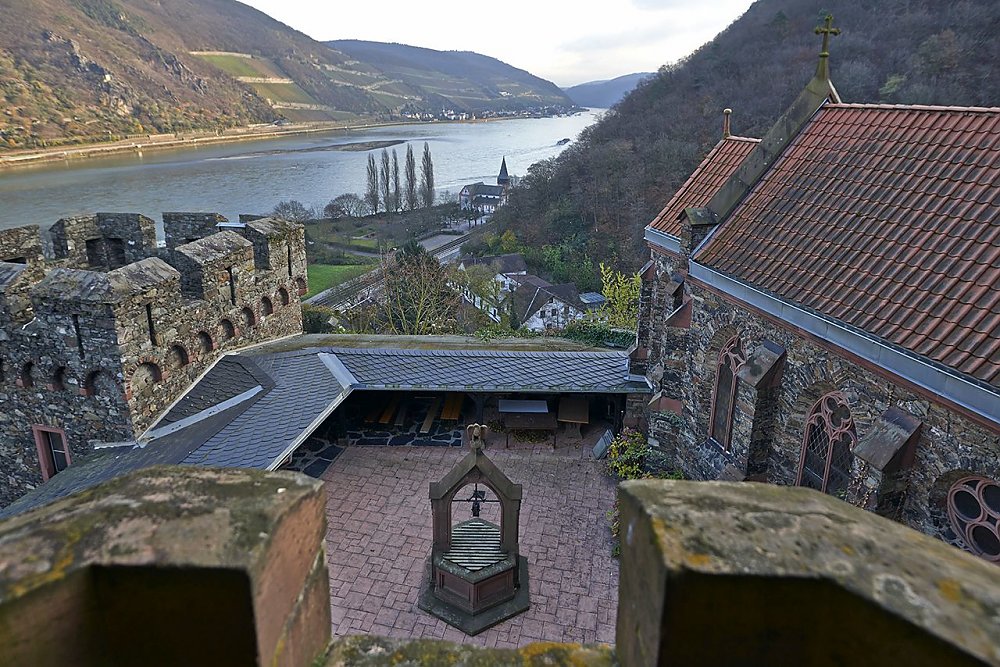
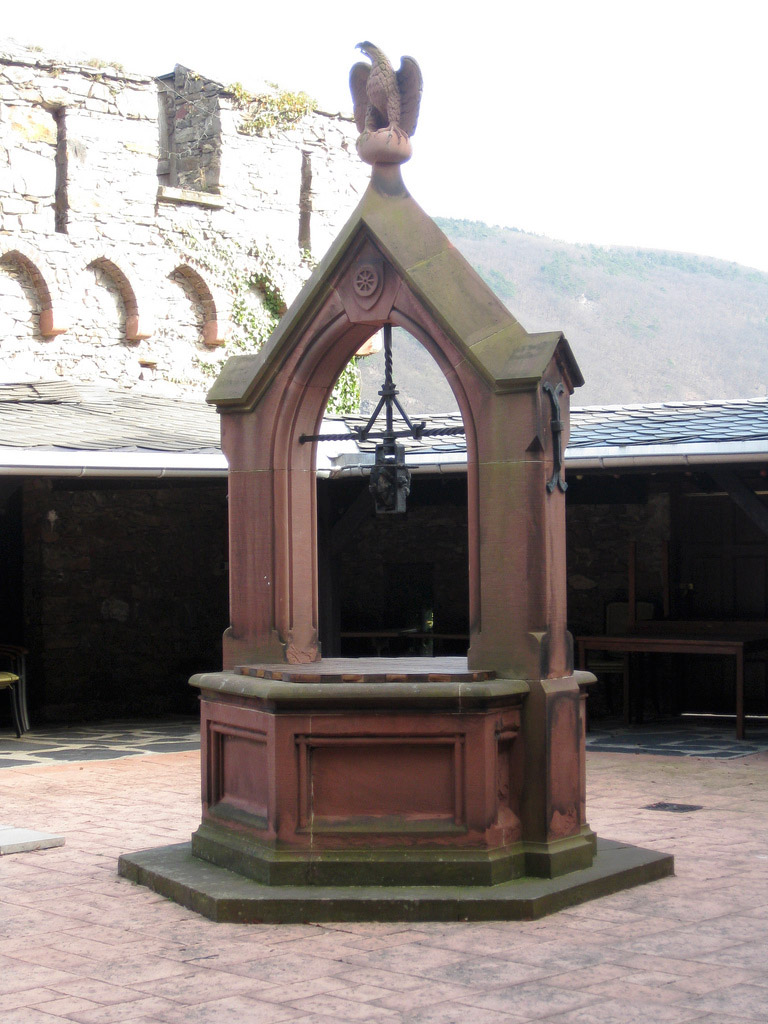
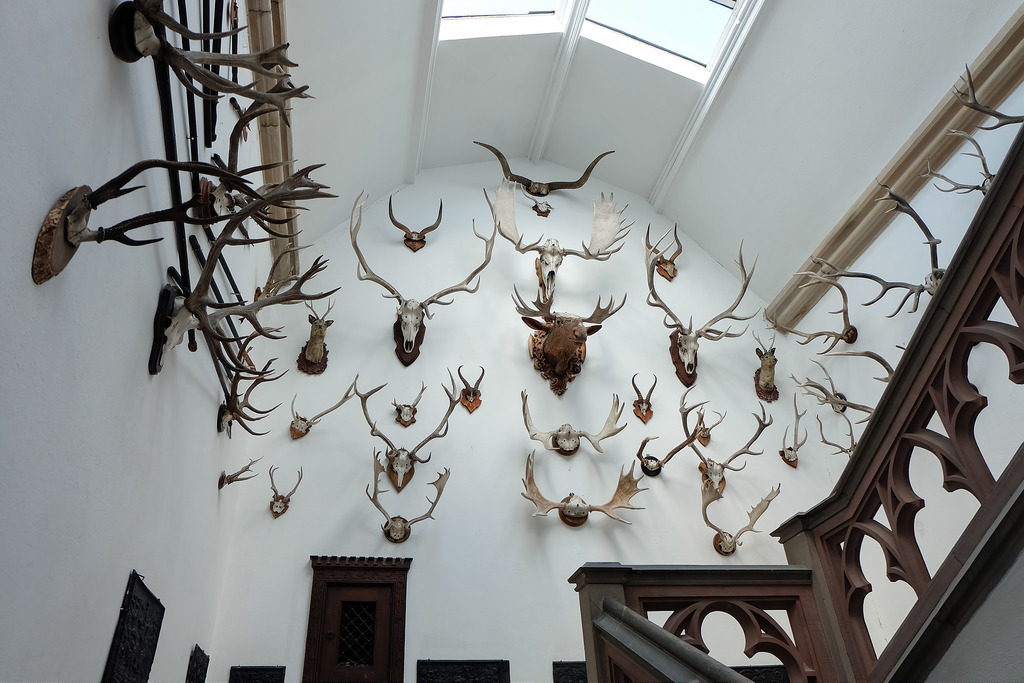

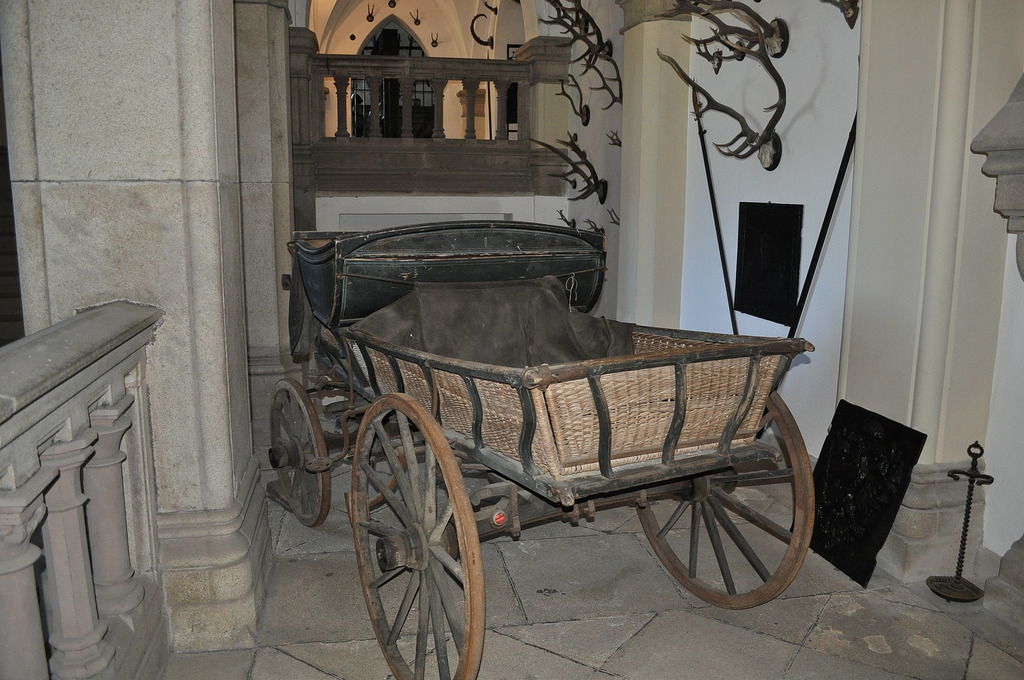
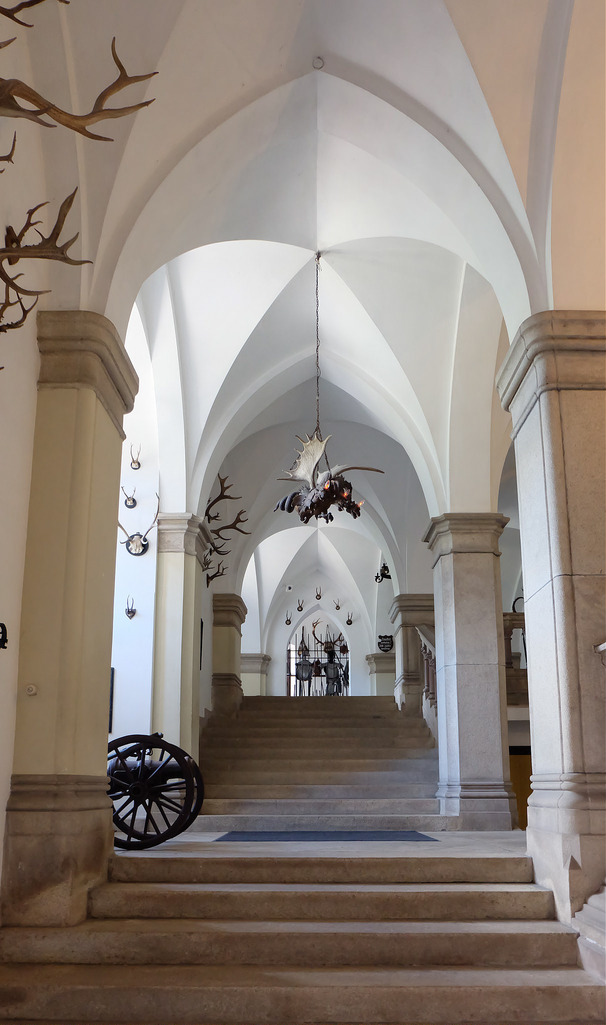
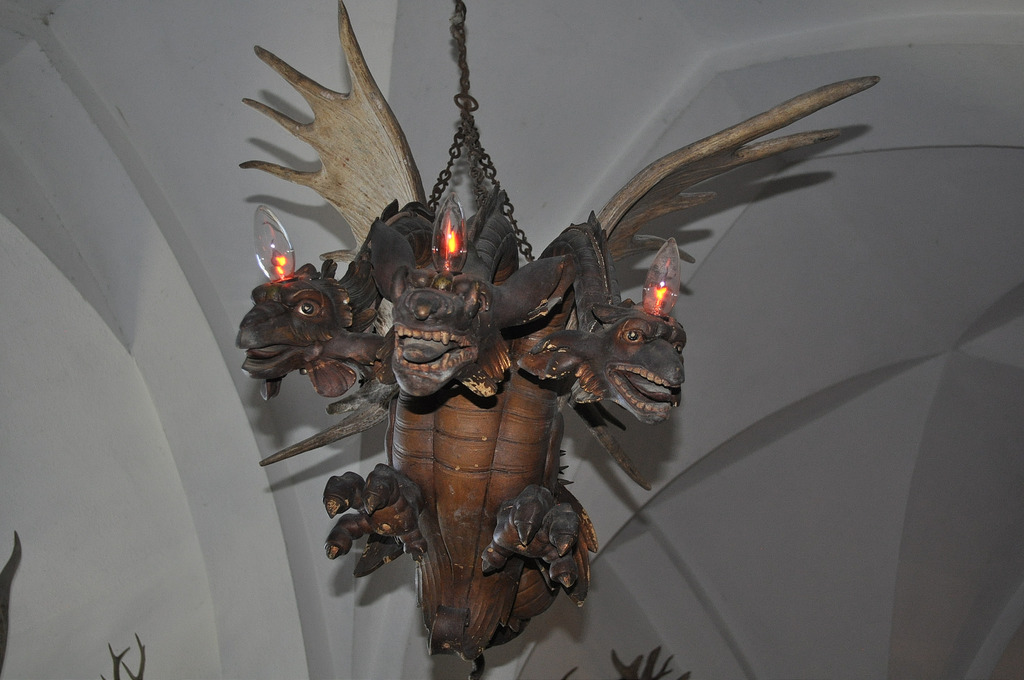
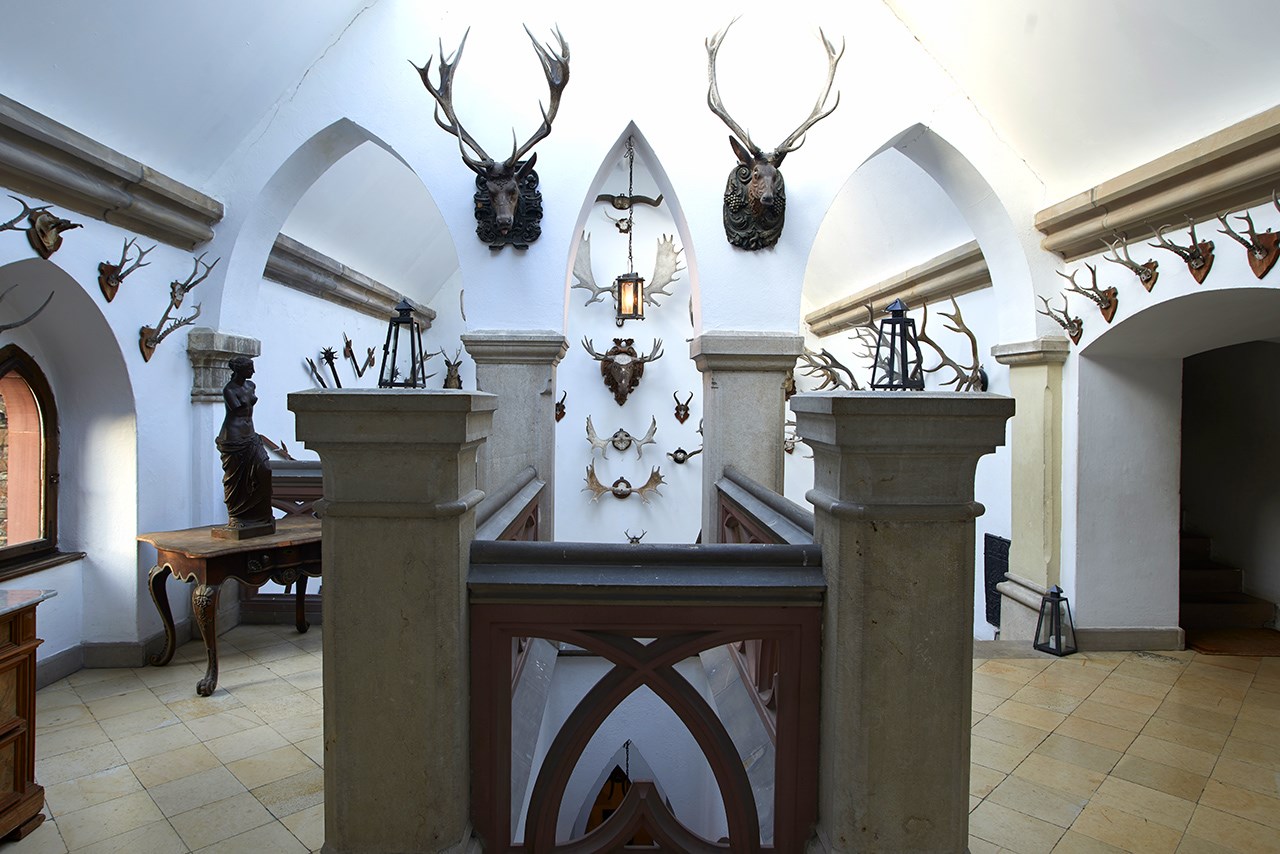


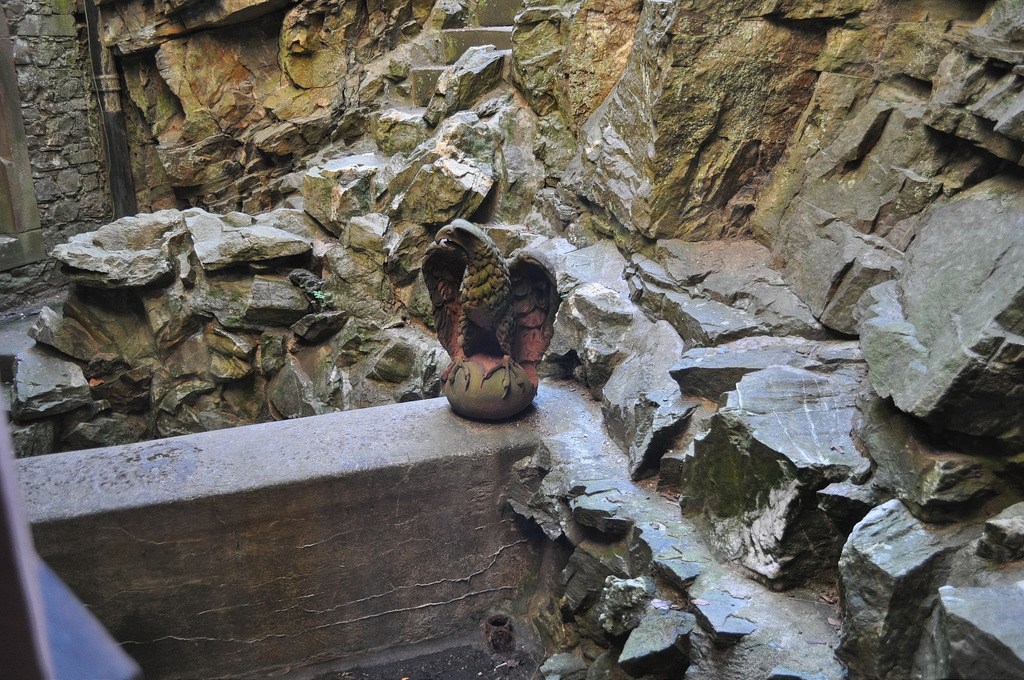
History
Prestigious Castle Residence
The Puricellis, the family of Niklaus Kirsch-Puricelli’s wife Olga had owned the ‘Rheinböller Hütte’, one of the largest and oldest ironworks in the Hunsrück since the 18th century. Olga’s great-great-grandfather Giacomo Antonio Puricelli, who was born at Lake Como in Italy in 1719, emigrated to Germany in the middle of the 18th century. His son, Anton Puricelli, married Margarethe Utsch, the daughter of Friedrich Wilhelm Utsch, whose family owned the ironworks, and who is still known today from the tales and songs of the ‘Jäger aus Kurpfalz’ (Huntsman of the Palatinate). Ownership of the Rheinböller Ironworks was transferred to the Puricelli family through this marriage. They went on to become one of the most successful families in Germany in the 19th century. They supported a number of charitable institutions in the Rhine-Nahe region, such as the home for the blind in Bingen, a hospital in Bad Kreuznach and the orphanage in Rheinböllen. Reichenstein Castle was a property which suited their social status. This prestigious castle residence was proof of their economic importance. All at once they gained proximity to the ruling Prussian house which had rebuilt some of the neighbouring castles. Through Reichenstein, it was possible for the family to lift itself out of the bourgeoisie and towards nobility.
Live as it was 120 years ago – with contemporary living comfort
Reichenstein Castle is a classic example of the Rhine romanticism in the Rhine Gorge. The oldest parts of the building suggest that the castle was built in the early 11th century. It served as a safe fortress for lords, churchmen and robber barons. In the Middle Ages the region surrounding Reichenstein belonged to the distant Kornelimünster Abbey near Aachen. The castle was presented to the monastery by Louis the Pious. The Abbey appointed bailiffs for the administration and safeguarding of its rights. One of these bailiffs was Knight Rheinbodo (1151-1196) with his offspring. One of his sons, Gerhard von Rheinbod, resided at Reichenstein. He ravaged the region as a robber baron, stealing wares from travelling merchants and from ships travelling through the Rhine valley. In 1213 he was therefore discharged as a bailiff. In this year we find the first documented mention of the castle. His successor was Knight Philipp from the prominent “von Bolanden” family. His son assumed the name “von Reichenstein”. As he died without an heir, the castle was transferred to his relative Philipp von Hohenfels in the year 1241. Hohenfels, however, proved to be the worst robber baron of his day, disobeying the orders of his overlords in the Kornelimünster Abbey and constantly preying on merchants travelling through the Rhine valley.
In 1253 the Archbishopric of Mainz and the army of the Rhine League brought Philipp’s thieving and plundering to a temporary end by conquering and destroying Reichenstein. Philipp von Hohenfels surrendered and escaped with his life. However, he used the following time to rebuild Reichenstein stronger and more defensive than before. He continued as a robber baron and even rose to the high office of Imperial Vicar in the politically unstable times of the so-called Interregnum (various rulers fought for the German crown, superseding each other in rapid succession). In this position Philipp even misappropriated church property. As a consequence, the Archbishopric of Mainz excommunicated him. When Philipp von Hohenfels died in 1277, his son Dietrich inherited Reichenstein Castle. Meanwhile, feudal law had passed from the distant Kornelimünster Abbey to the Archbishopric of Mainz. It seems that Dietrich von Hohenfels became a robber baron who even managed to dwarf the reputation of his father. It was not until Rudolf von Habsburg was elected as the King, marking the end of the Interregnum, that the era of the Rhine robber barons – who were by no means limited to Reichenstein – was brought to a close.
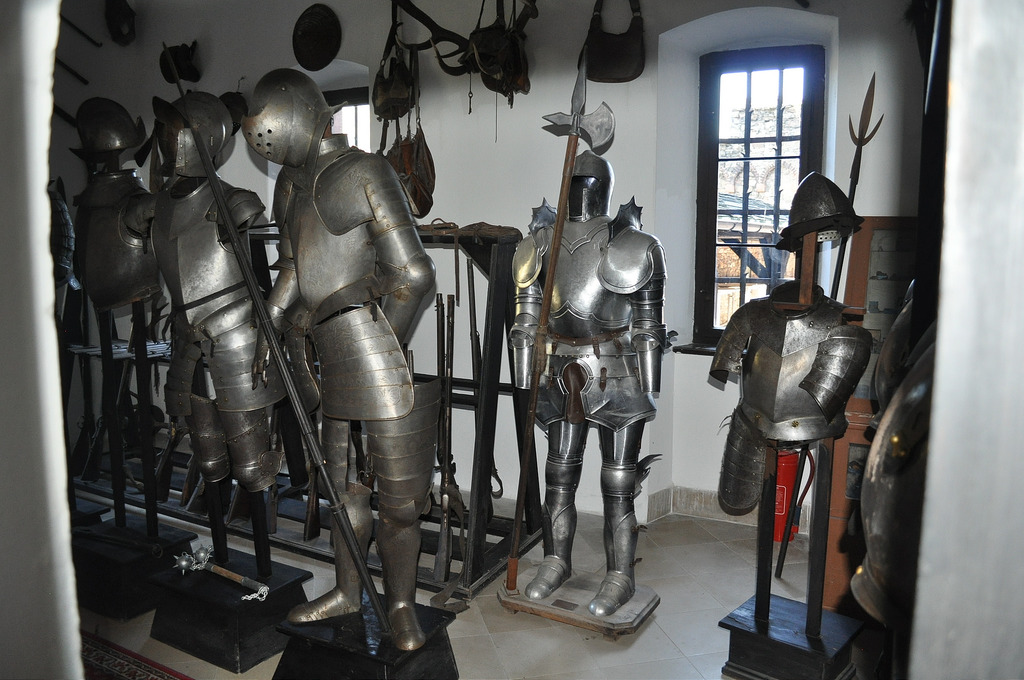
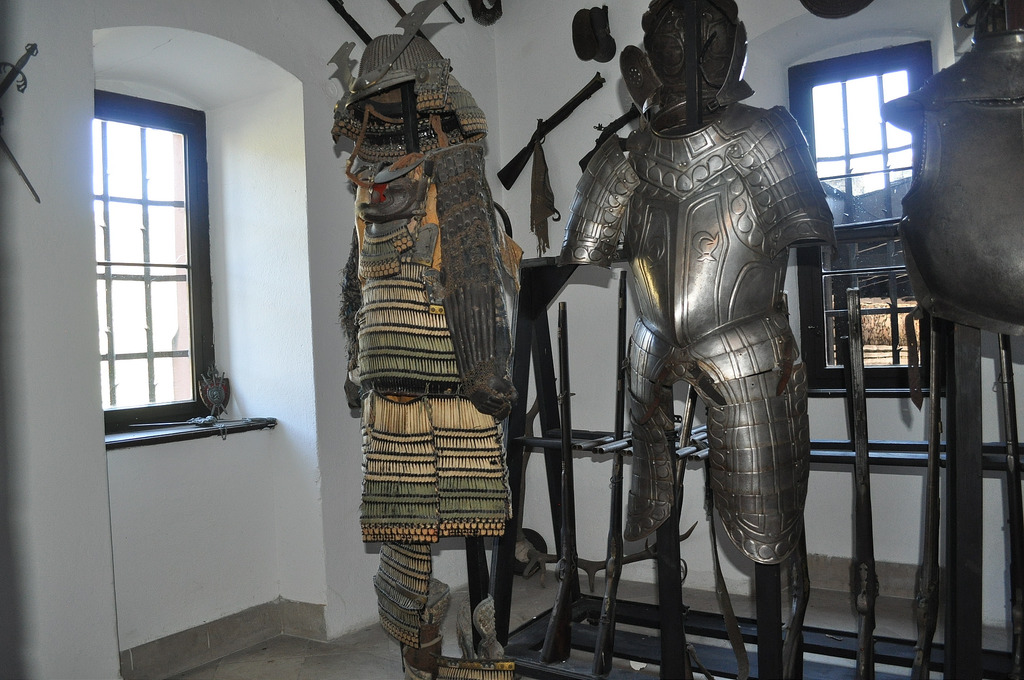
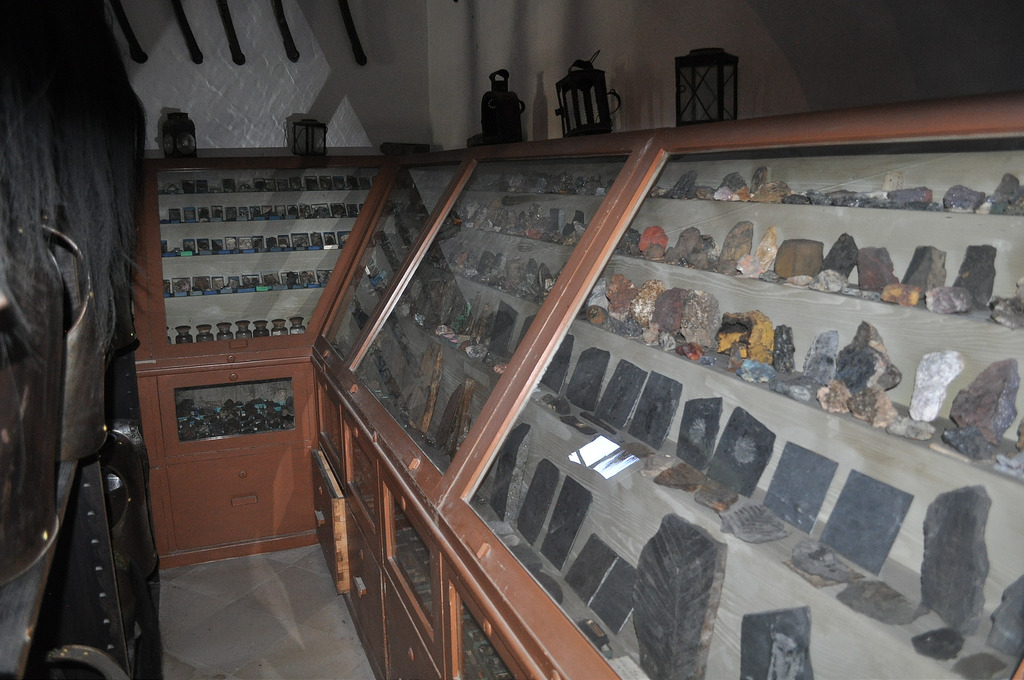

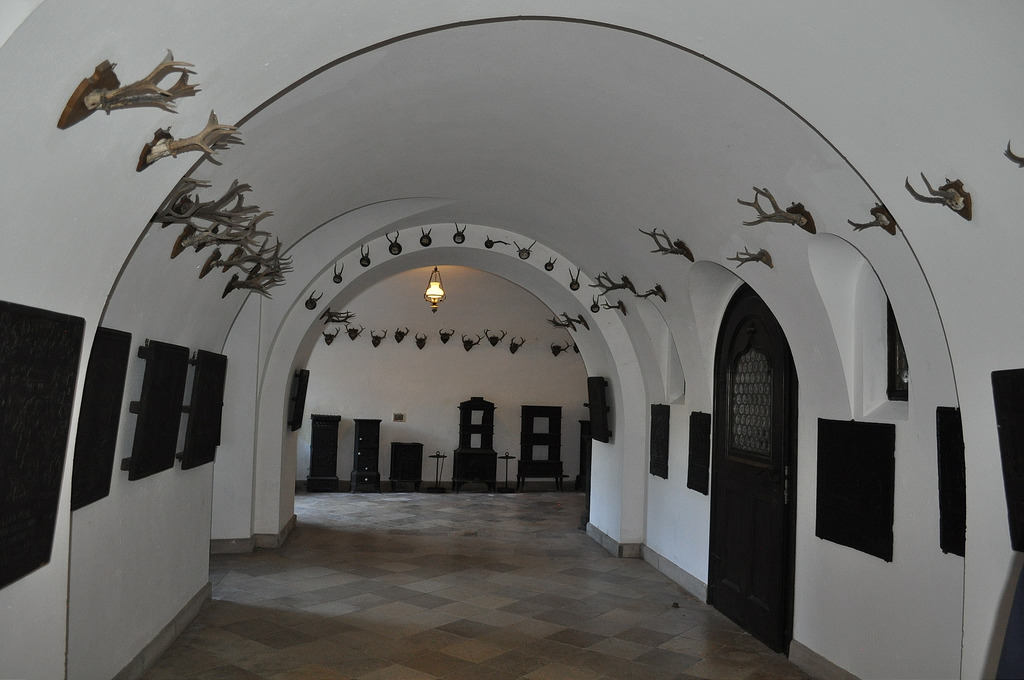
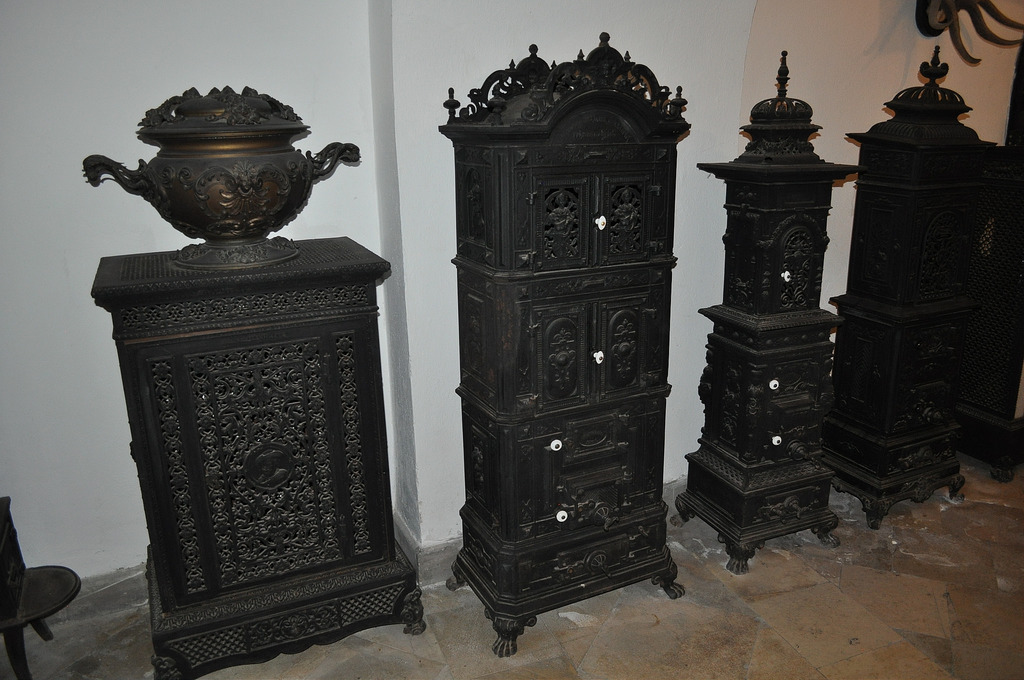
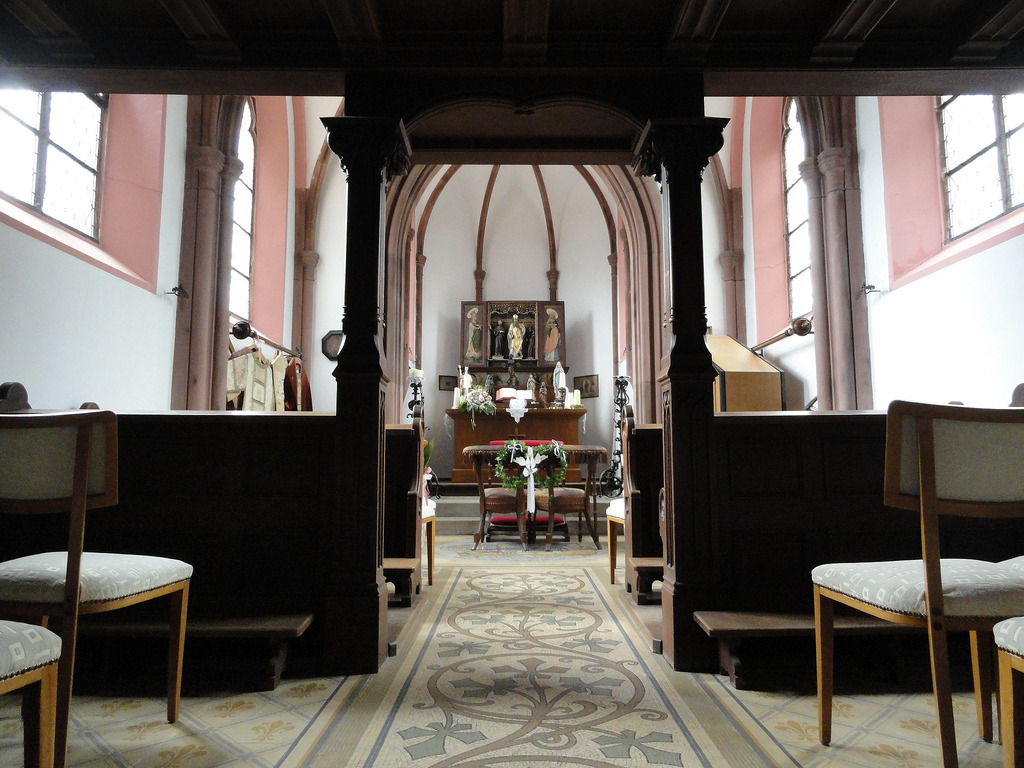


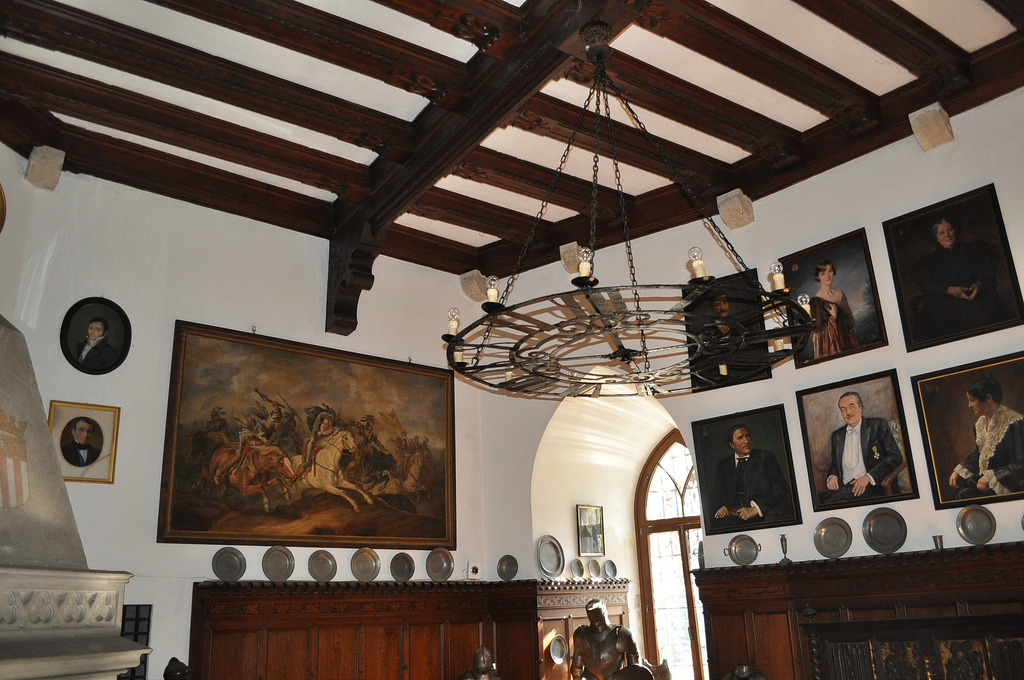
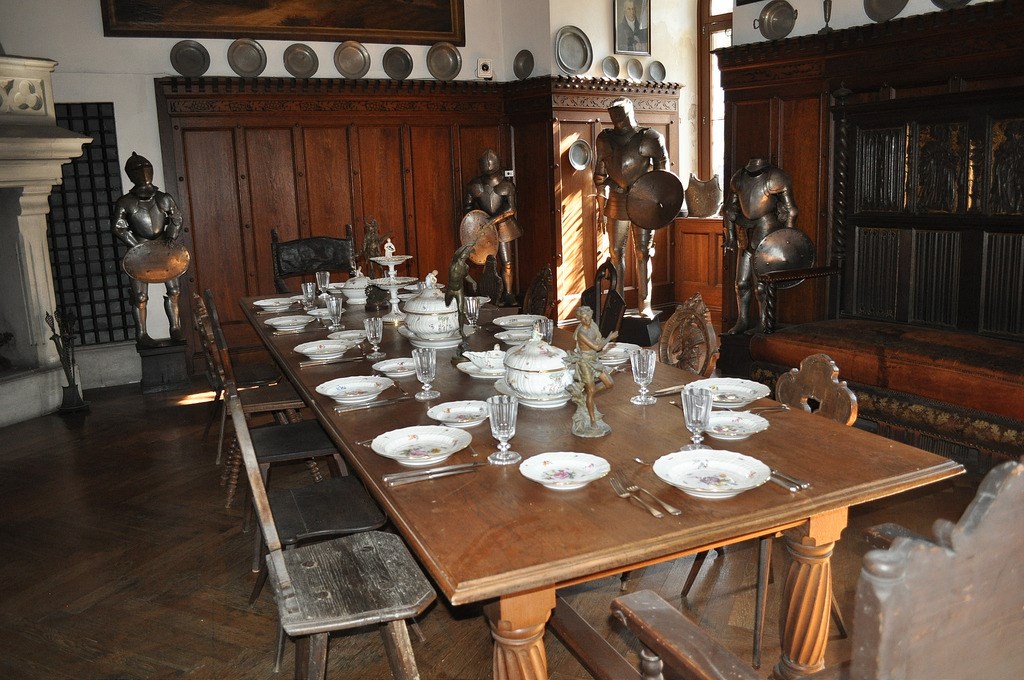
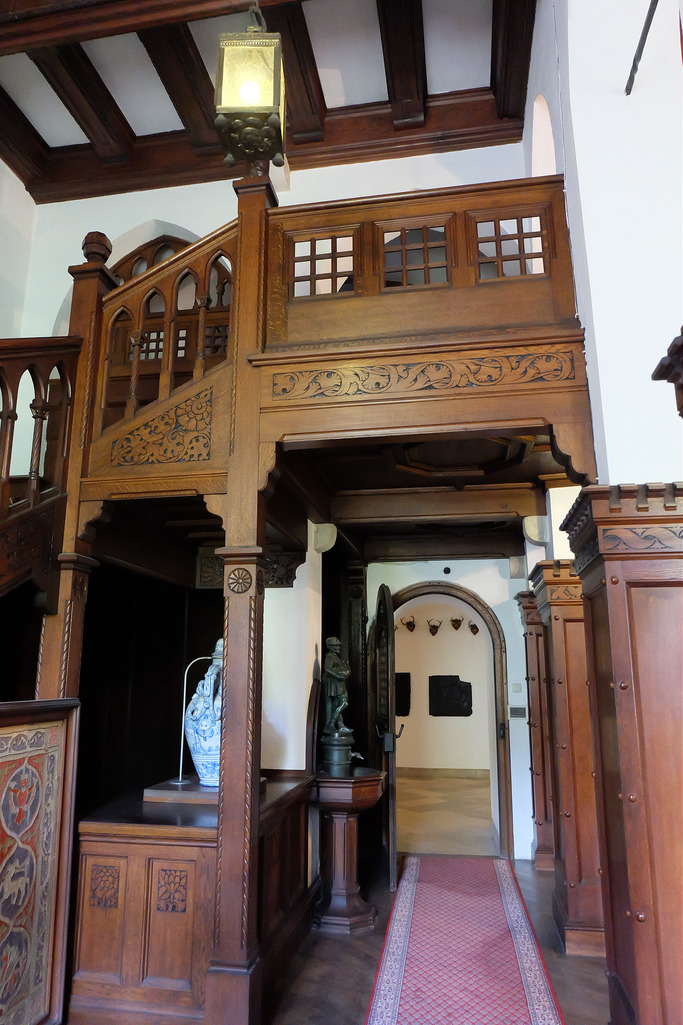
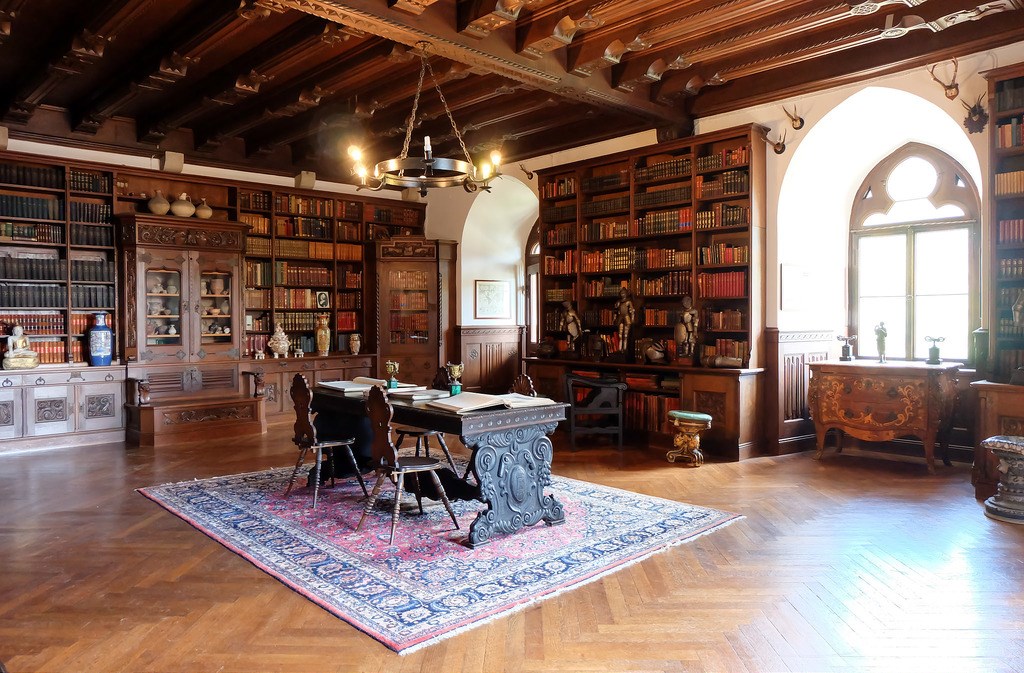
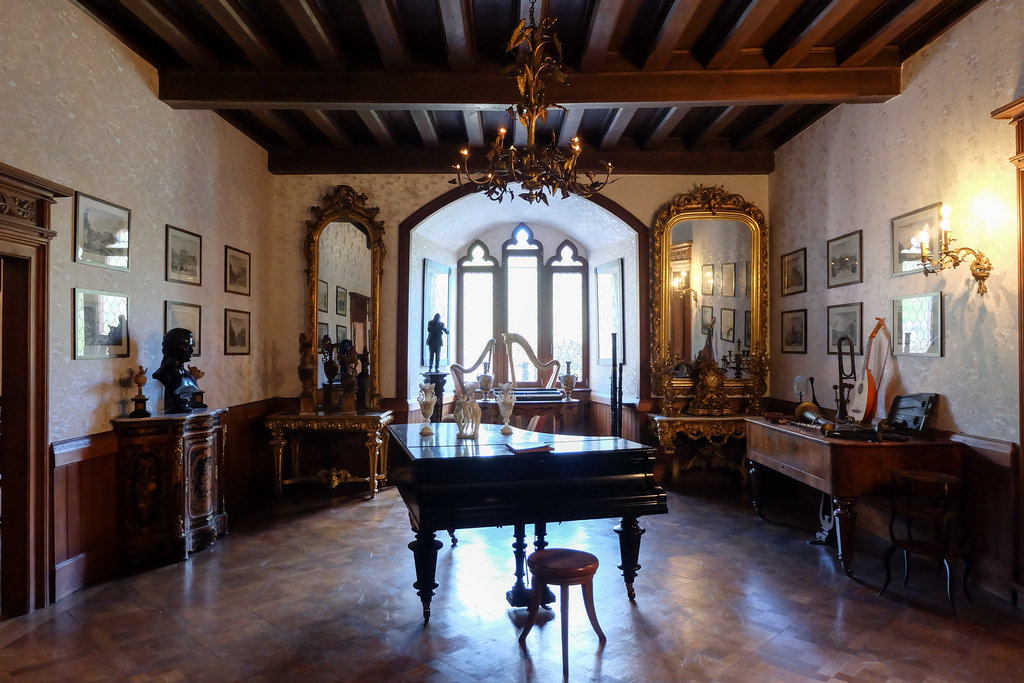
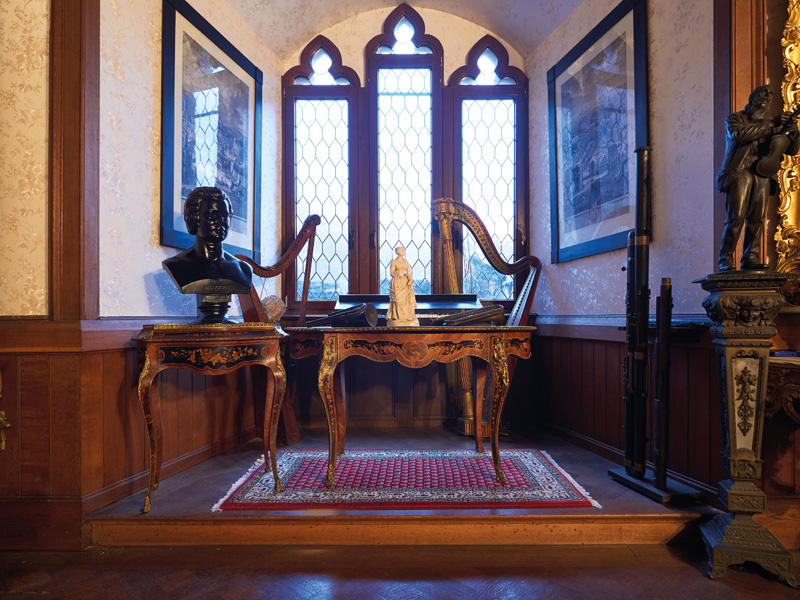

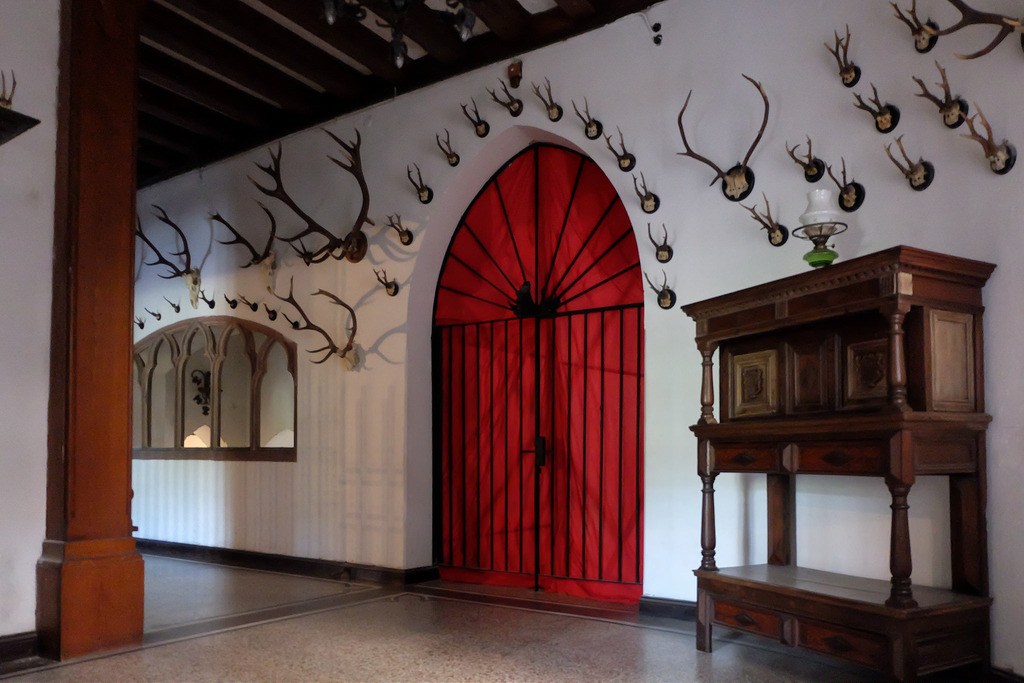
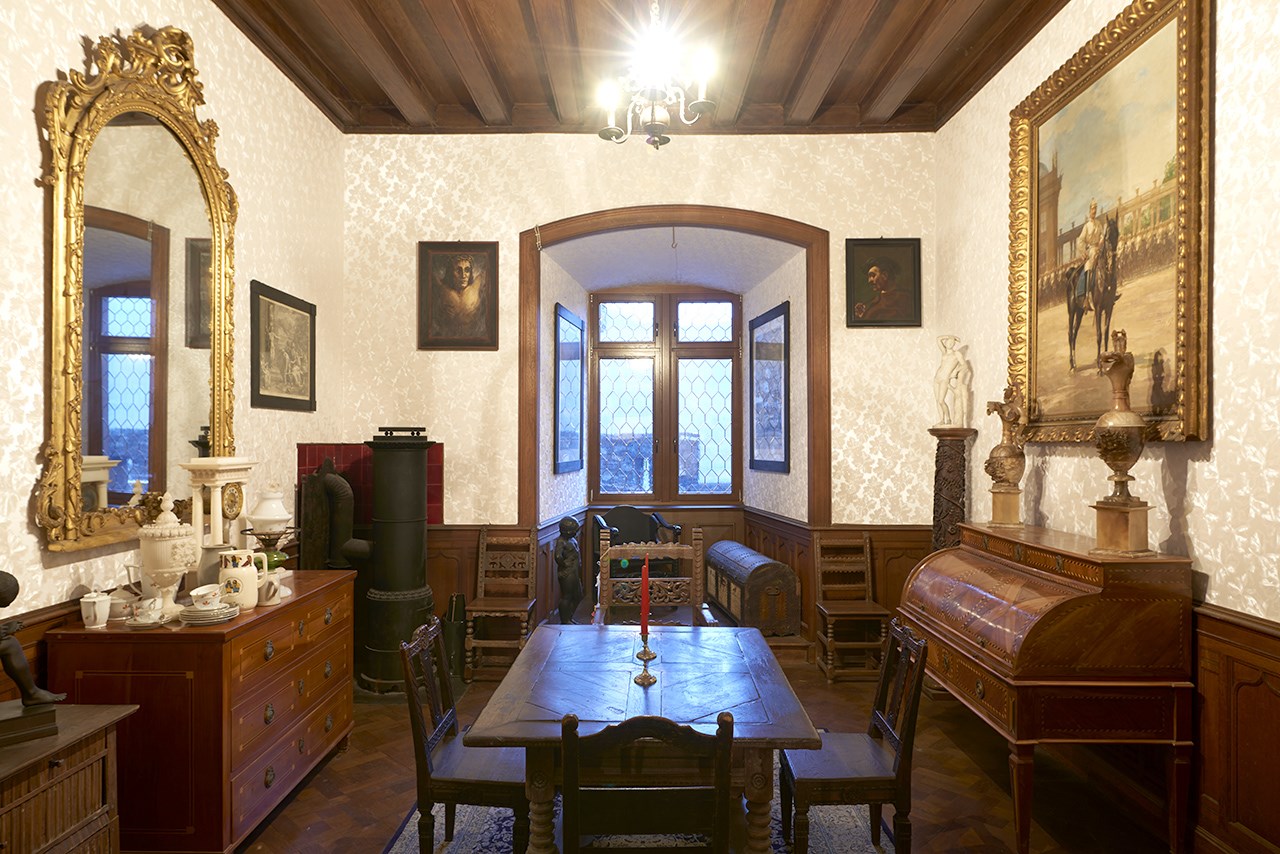
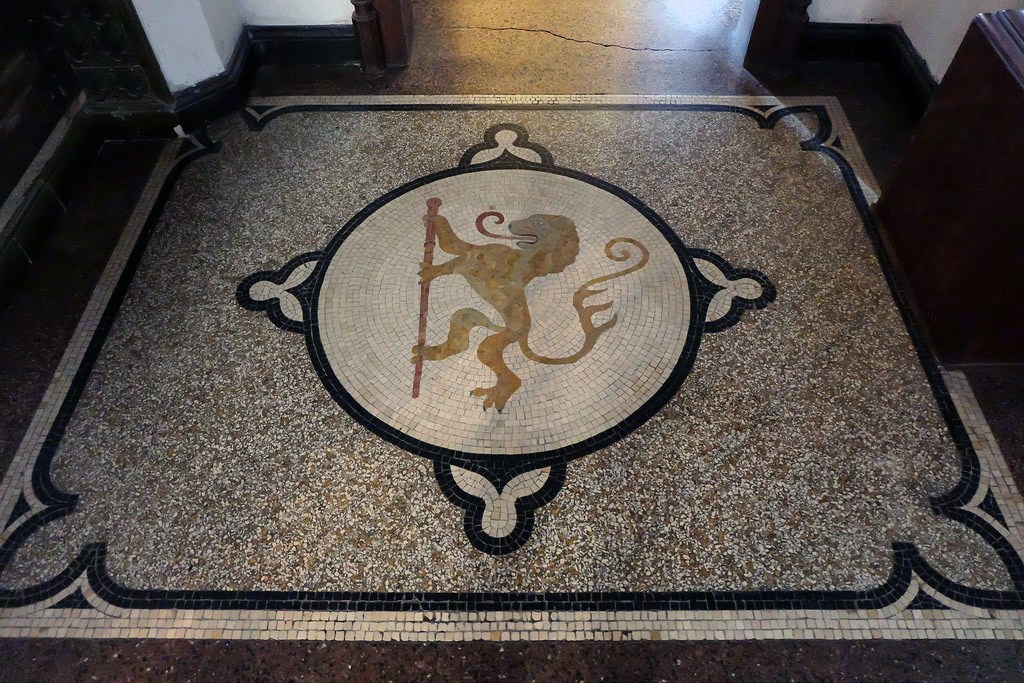
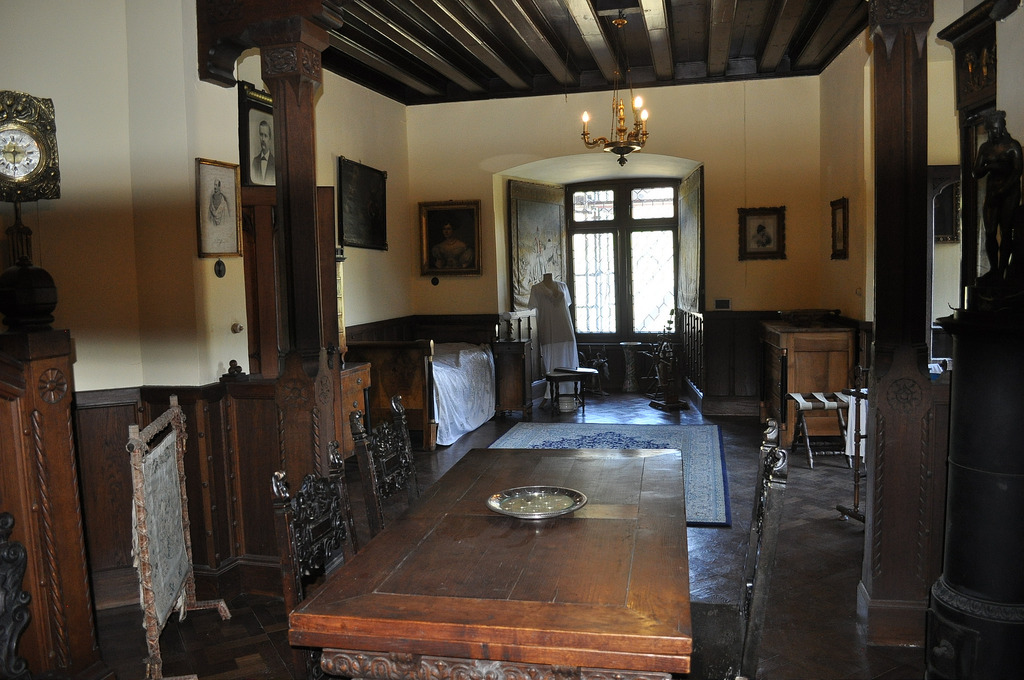
In 1282, the new king besieged Reichenstein Castle. He did not succeed in storming the well-defended stronghold, but did manage to force the garrison to surrender by means of starvation. Proof of these tough battles, which raged around Reichenstein in the 13th century, can be seen in the arrow heads which have been found in the area surrounding the castle. Some of these are on display in the castle museum. Although Dietrich von Hohenfels was not decapitated – contrary to legend – but managed to escape, his accomplices were hung on the trees in the valley by order of Rudolf von Habsburg. The castle was burnt down. Although the king, in 1290, expressly forbid the rebuilding of Reichenstein and the neighbouring Sooneck castle – at times an equally feared robber baron’s lair – both had already been rebuilt shortly after 1300. In the meantime, Reichenstein was owned by the Counts Palatine who were in dispute with the Archbishops of Mainz regarding the rights to the castle. In 1344, Kaiser Ludwig IV awarded the castle to the Archbishops of Mainz. However, they mortgaged it several times until 1361, including to Kuno von Falkenstein, a descendant of the Bolanden gentlemen who had already resided at Reichenstein as bailiffs a mere 150 years earlier. In 1396 a period of unrest returned: Gottfried von Leiningen – the antibishop of the Archbishop Johann von Nassau, elected by the Mainz cathedral chapter – sought refuge at the castle and it was granted to him by Nikolaus vom Stein who was the bailiff at the time. Renewed bloody battles for Reichenstein were only prevented after lengthy negotiations finally resulted in Gottfried’s voluntary withdrawal.
Electoral Mainz retained ownership of Reichenstein until the end of the 18th century. The old castle, originally built as a fortification, increasingly lost its military significance following the invention of firearms. It began to decay. In the 18th century the cathedral chapter of Mainz ceded it to four families from Trechtinghausen as a leasehold. This included, in particular, their having the right to cultivate the vineyards on the adjoining land. The four families later became owners of the ruins. It was only a matter of time until the old walls became overgrown and began to crumble away. Yet the 19th century finally brought a turning point which must be seen from the cultural tendency of that period: the romantic era led to a new interest in the Middle Ages. Gothic churches and monasteries, old castles and the lives of knights inspired the imaginations of educated circles of the nobility and wealthy middle classes. Affluent citizens attached particular importance to a prestigious residence, with the motto: “I am as I live”. And so Reichenstein was acquired by General Baron Franz Wilhelm von Barfuß in 1834. He began initial restorations, discovering numerous kestrels (Turmfalken) nesting in the walls. He therefore gave the castle the fantasy name “Falkenburg”, which can still be found in descriptions to this day and is commonly used for a section of the present site. Baron von Rehfuß purchased the castle in 1877 from the heirs of General Barfuß and set up a small flat for himself there. The next owner was the Mexican Consul, Chosodowsky.
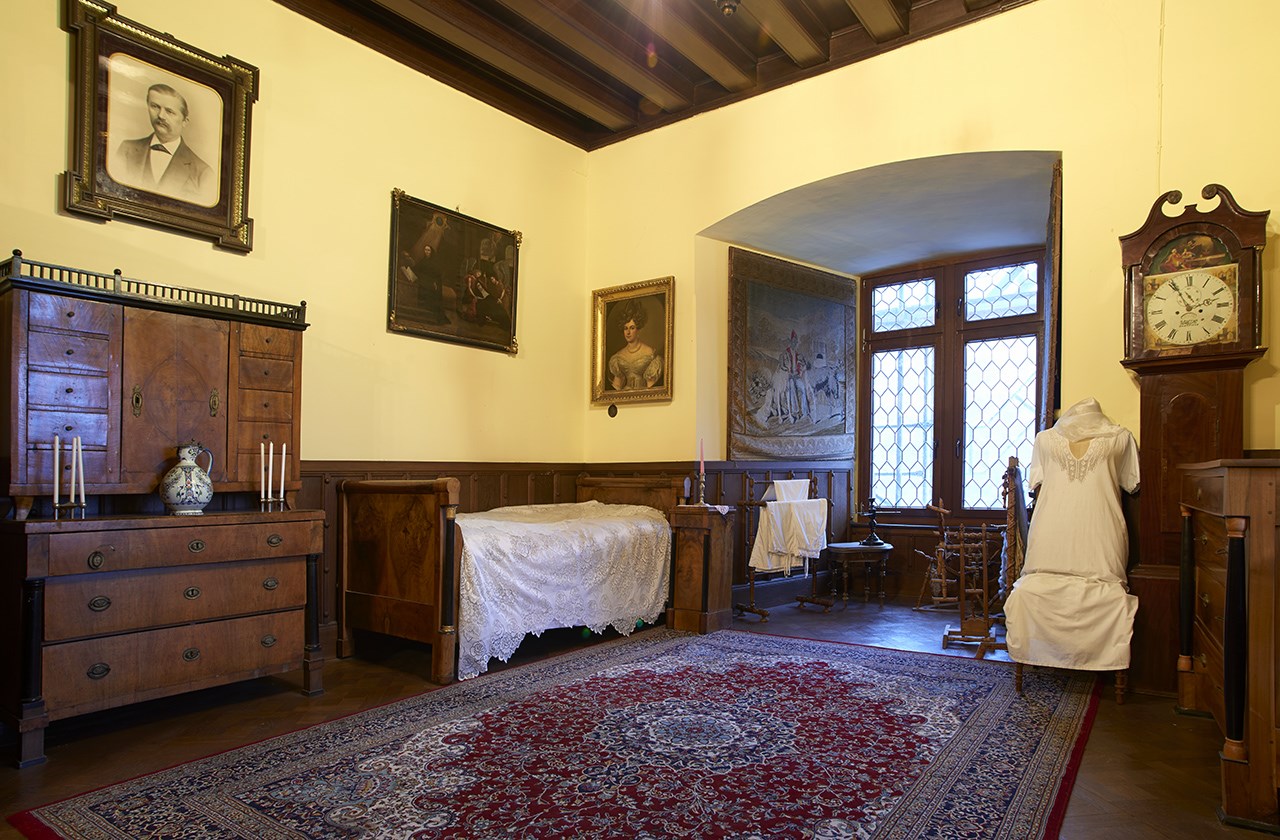
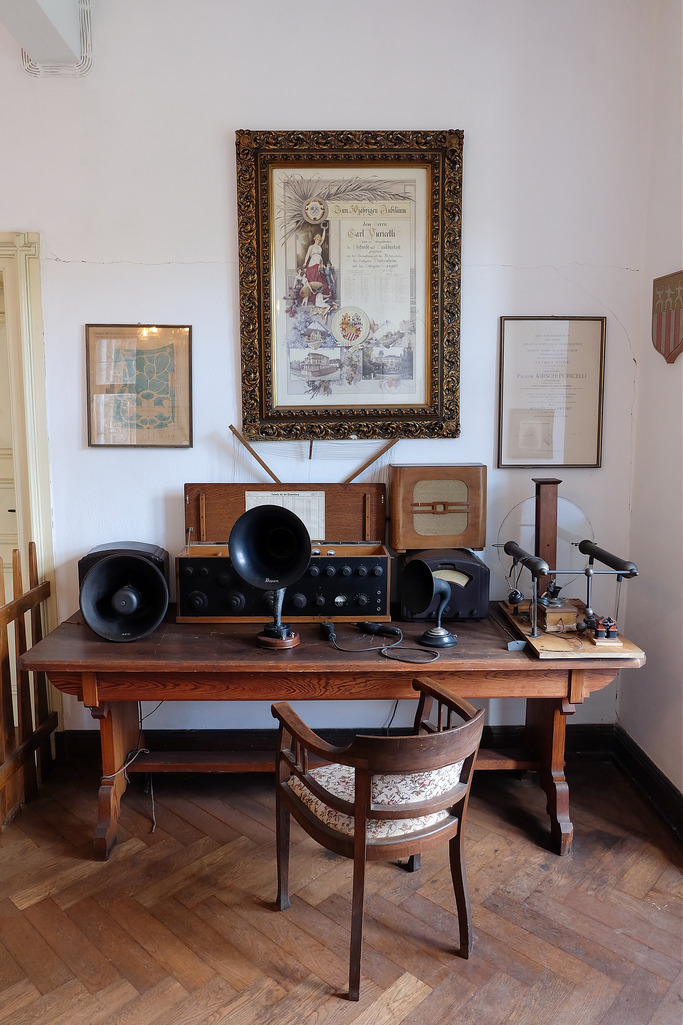
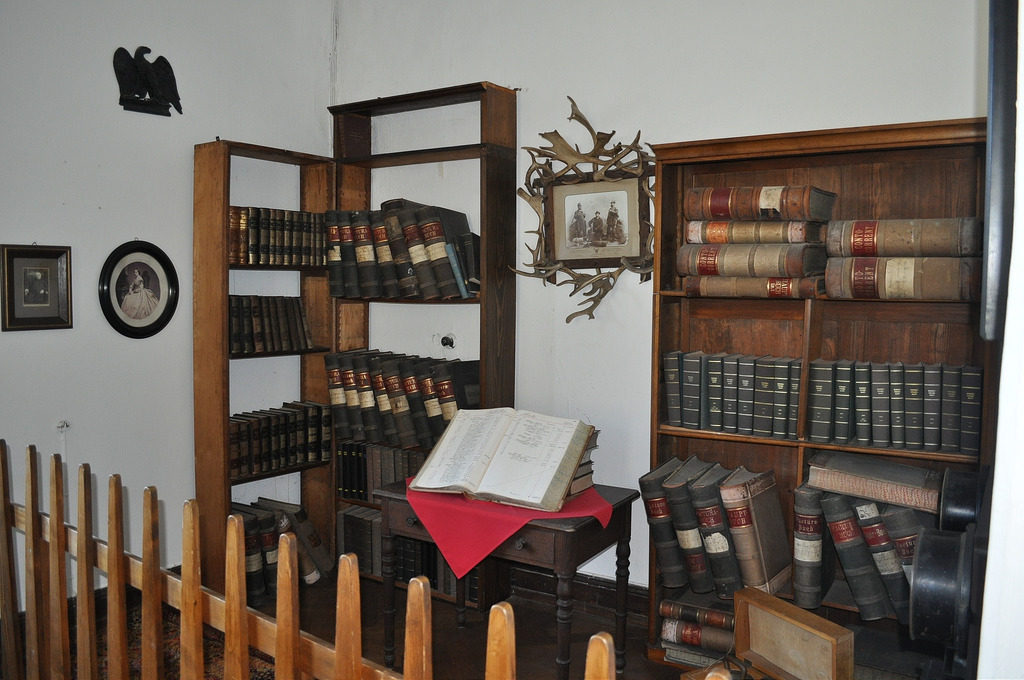
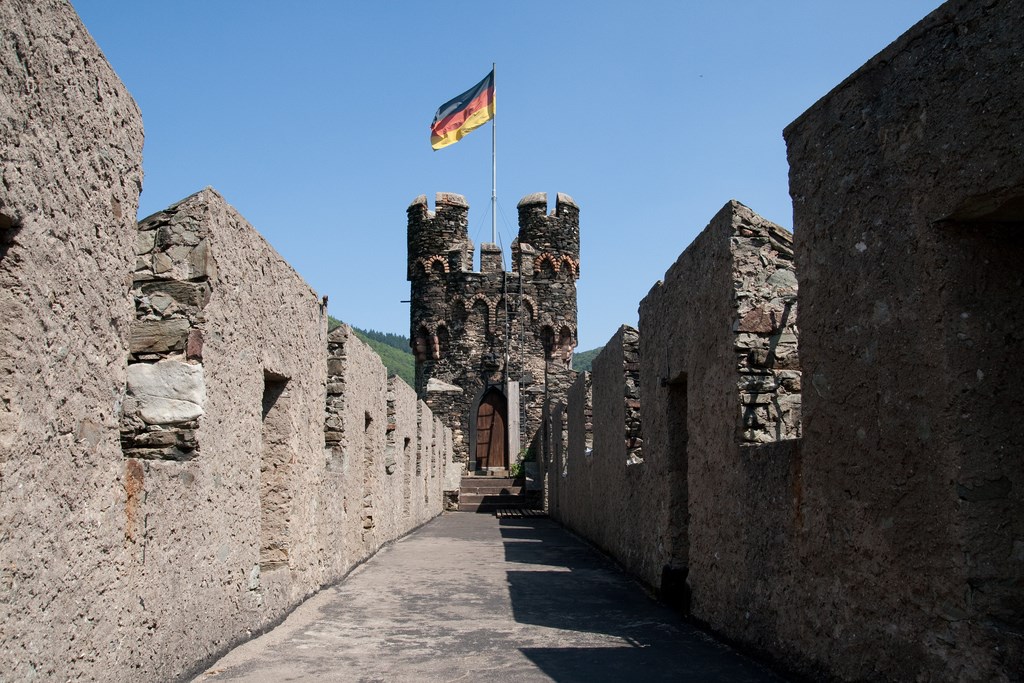
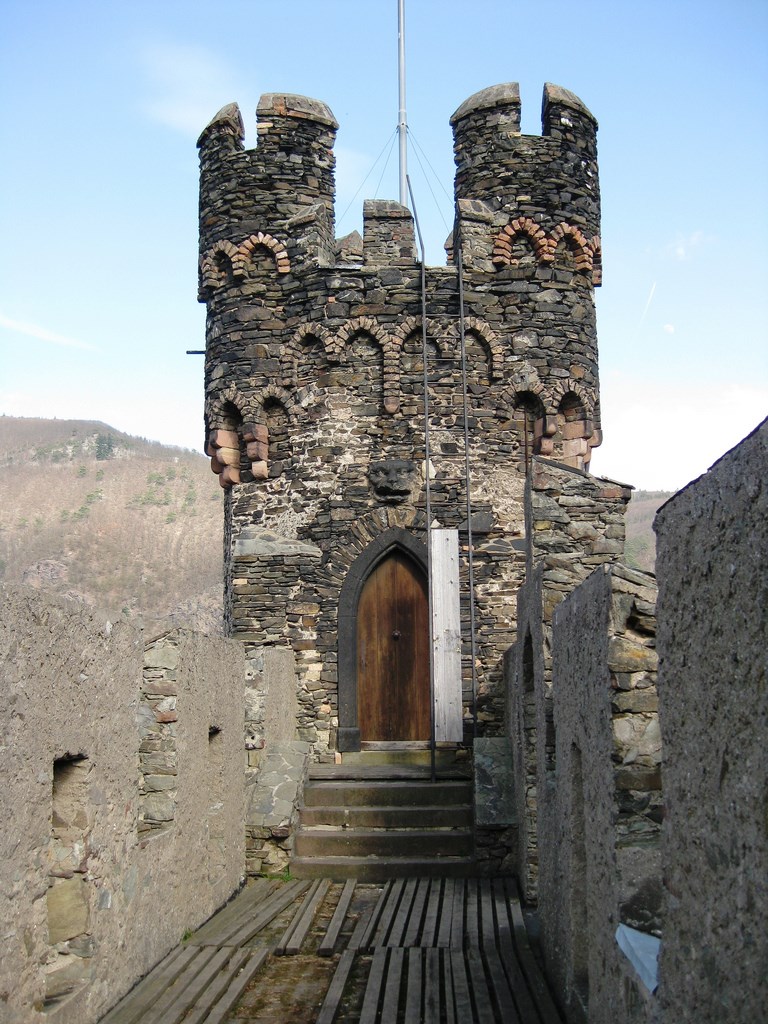
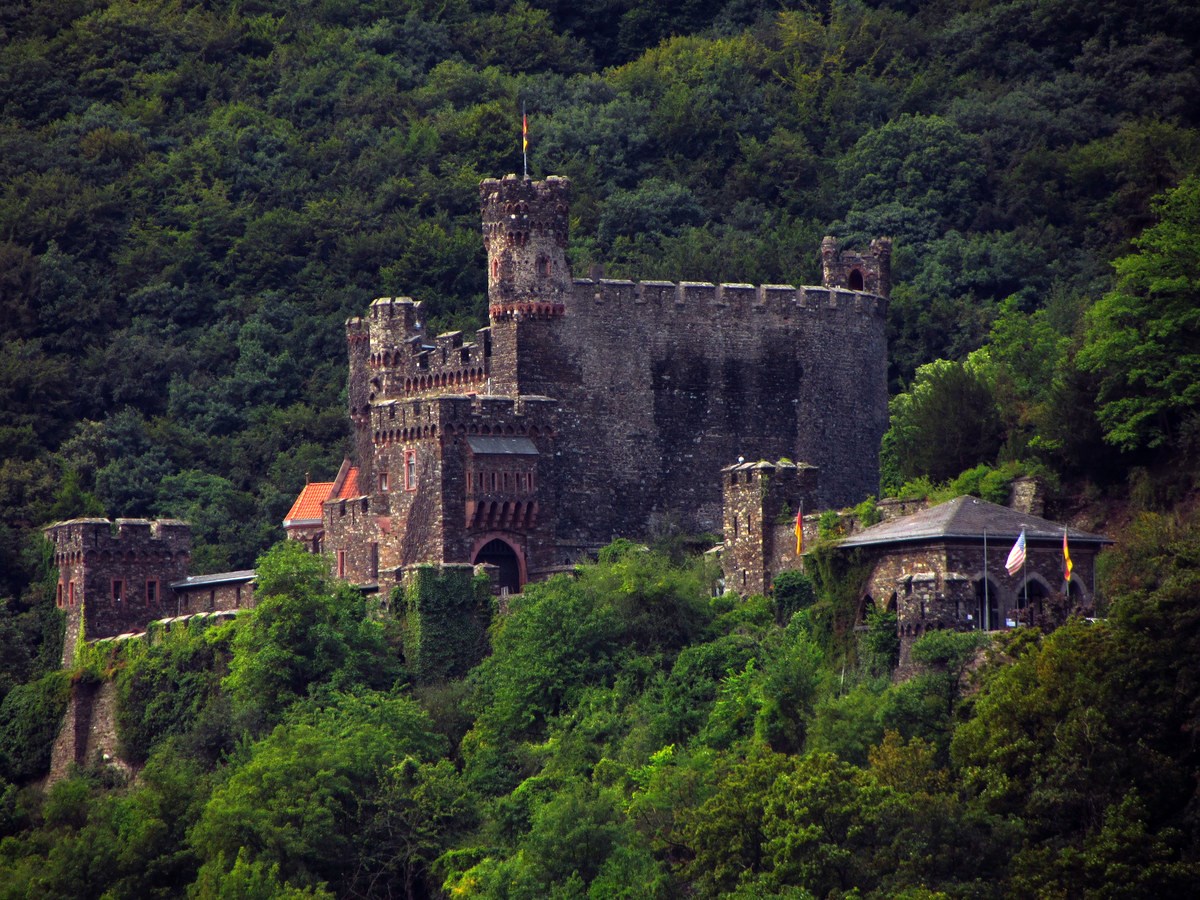
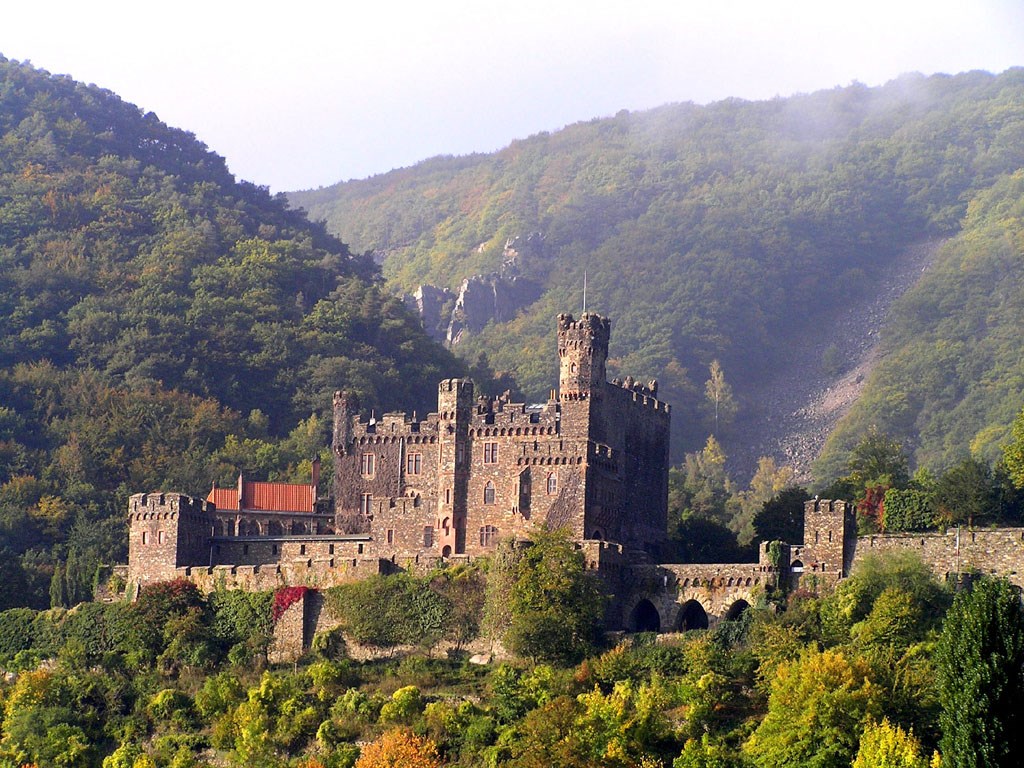
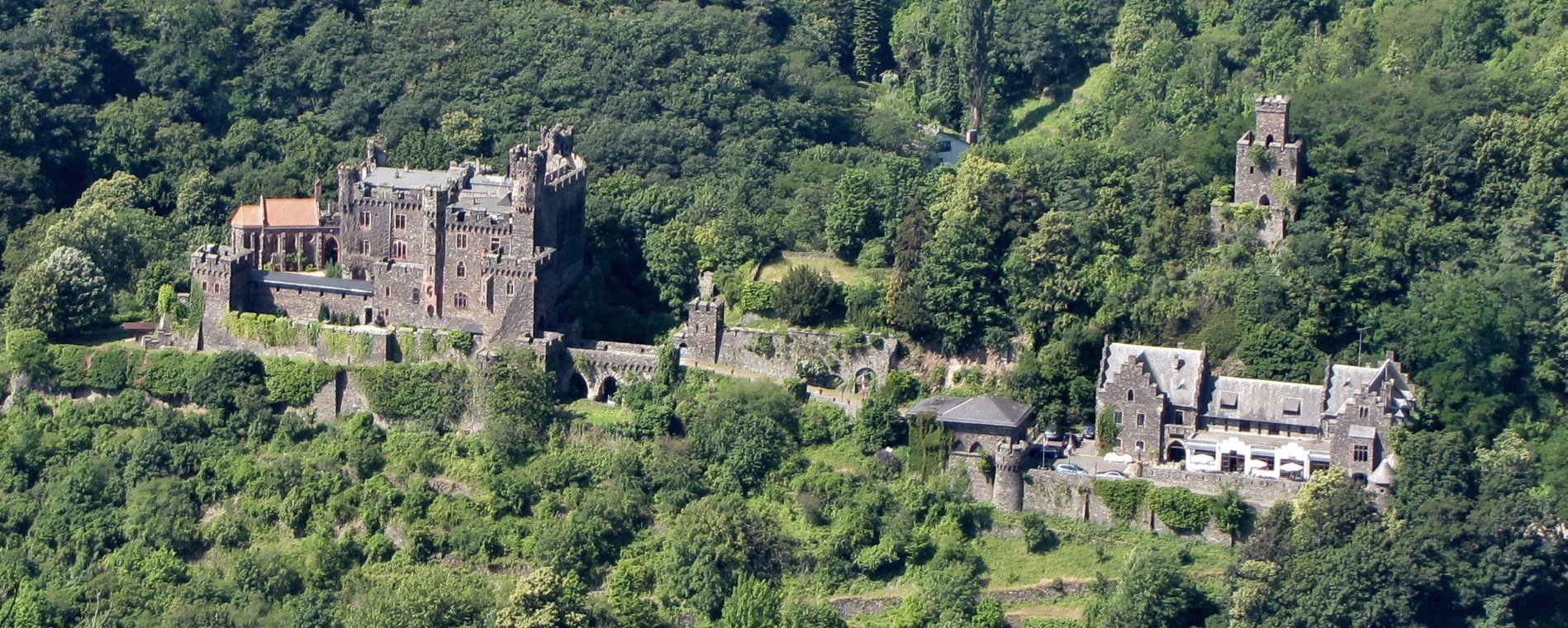
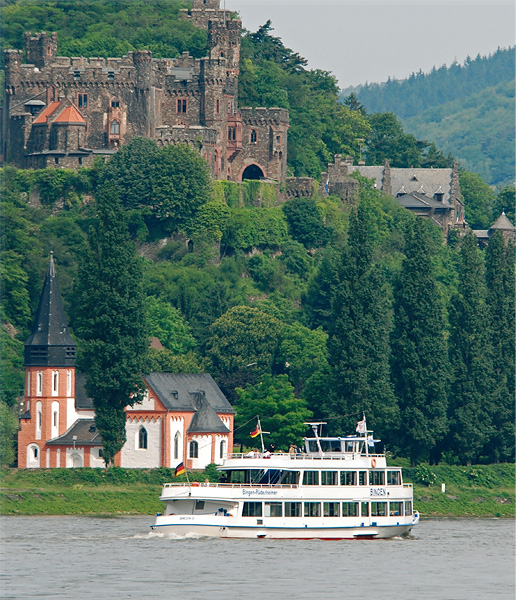
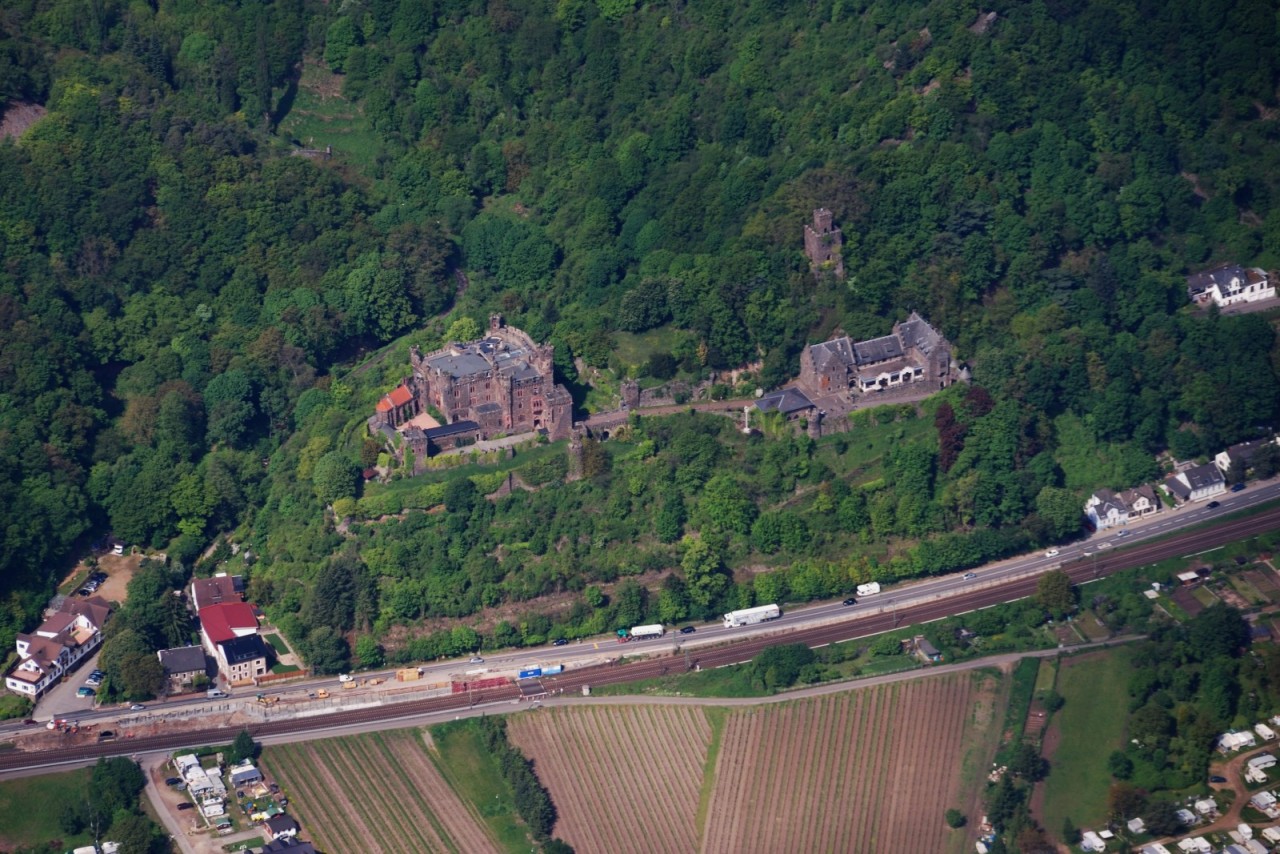
The major step towards the present style of the castle was not made until 1899 with the new owner, Nicolaus Kirsch-Puricelli, the iron industrialist from Rheinböllen, whose wife Olga was a direct descendant of the renowned “Huntsman of the Palatinate”. The Kirsch-Puricelli family had the castle rebuilt as a neo-Gothic English style castle residence, residing here until the year 1936. The castle returned into the hands of a descendant of the Kirsch-Puricelli family in 2014 and since then, has once again been extensively restored and modernised.
https://en.wikipedia.org/wiki/Reichenstein_Castle_(Trechtingshausen)
https://de.wikipedia.org/wiki/Burg_Reichenstein_(Mittelrhein)
https://www.flickr.com/photos/normisjack62/albums/72157651647021460
https://www.flickr.com/photos/just_visiting/albums/72157601608149857
https://www.flickr.com/photos/ebanatawka/albums/72157630151671128
https://www.flickr.com/search/?user_id=50686349@N08&view_all=1&text=Burg Reichenstein
http://www.hotel-r.net/de/burg-reichenstein
http://www.burgenreich.de/burg reichenstein bilder.htm
http://www.skyscrapercity.com/showthread.php?p=133381866
https://www.flickr.com/photos/27108337@N03/albums/72157652488404994

Vídeo:
Web recomendada: http://www.burg-reichenstein.com/
Contador: 6913
Inserción: 2016-06-13 20:04:07
Lugares a visitar en un radio de 100 km (en línea recta)
Mapa de los lugares a 100 km (en línea recta)
Mostrando Registros desde el 1 hasta el 0 de un total de 0
Visitas |
Más visitados Basílica de San Marcos 154174 Catedral de Notre Dame (París) 143478 Torre de Pisa 130972 Monte Saint-Michel 100142 Presa de las Tres Gargantas 80423 |
Incorporaciones |
Comentarios hazola Cúpula de la Roca gracias me... gera Buenos Aires las mejores fotos de la mejor ciudad del... Daniel M. - BRASIL San Francisco ... PEQUE Presa Chicoasén SERA QUE ALGUIEN ME PUEDE DAR MAS INFORMACIÓN DE ESTE PROYECTO ESTUDIO EN LA UNACH Y ES PARA UN... Mery Huaca Pucllana Muy interesante, muy buena la información y... |
 Tweet
Tweet


